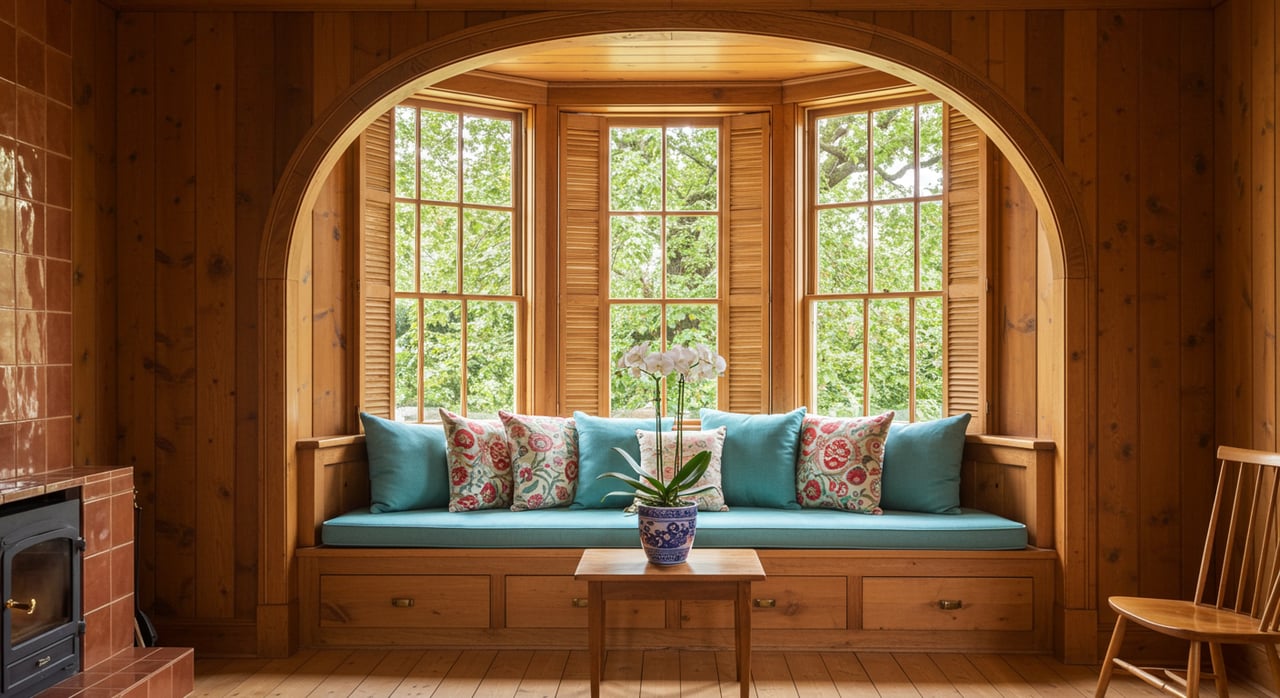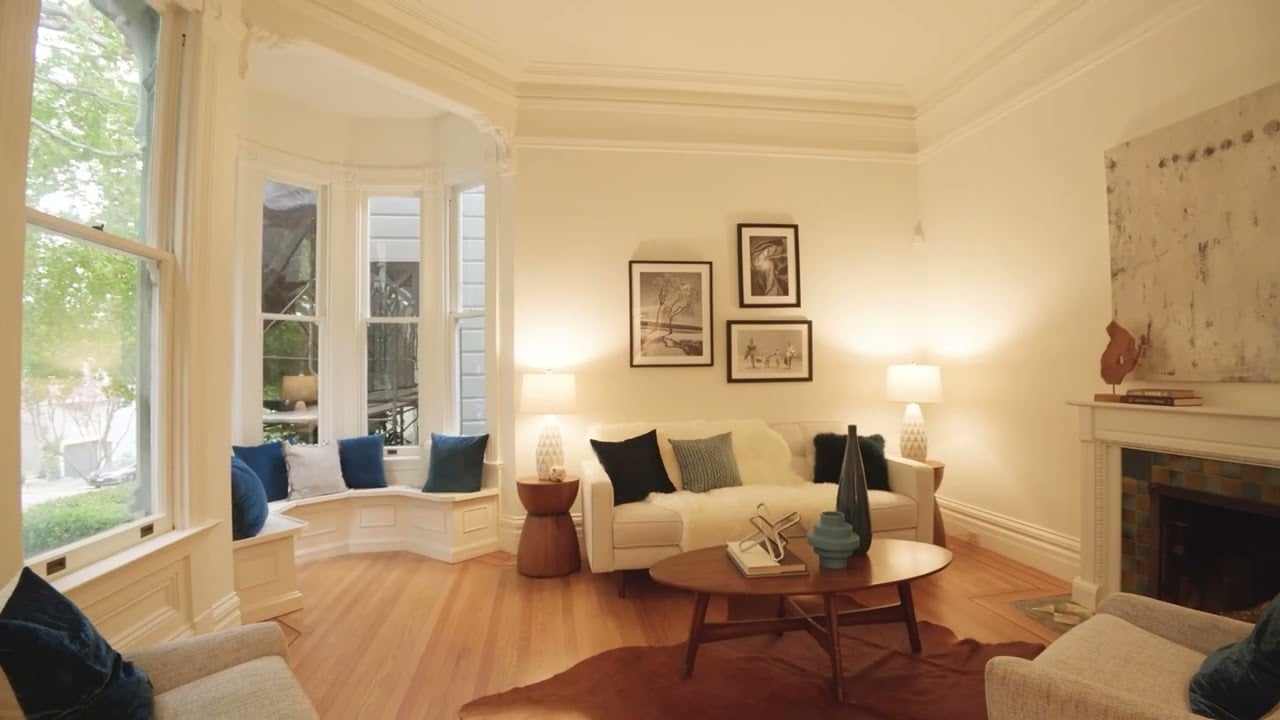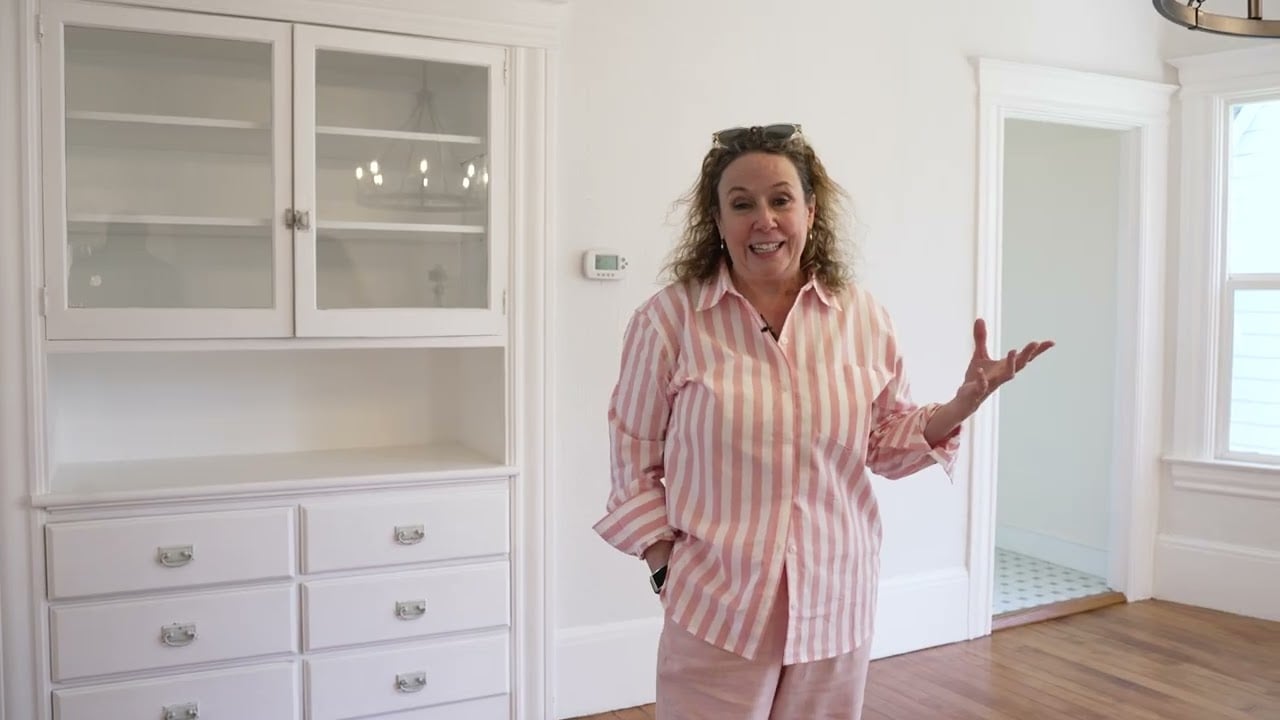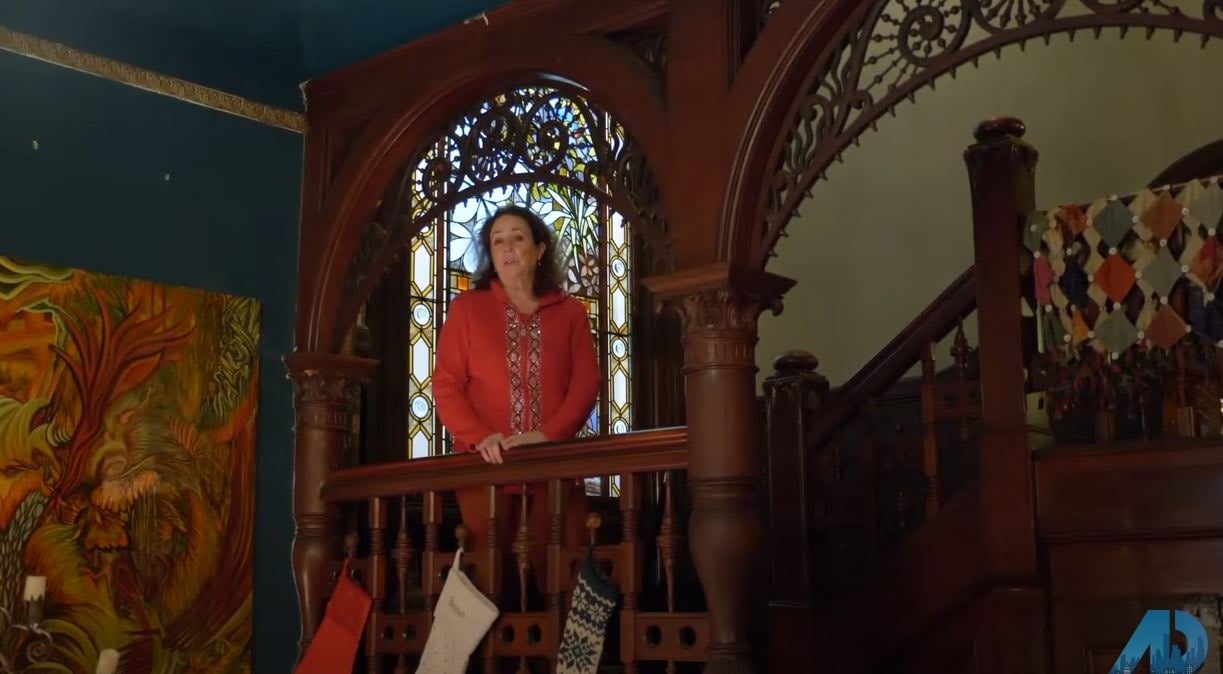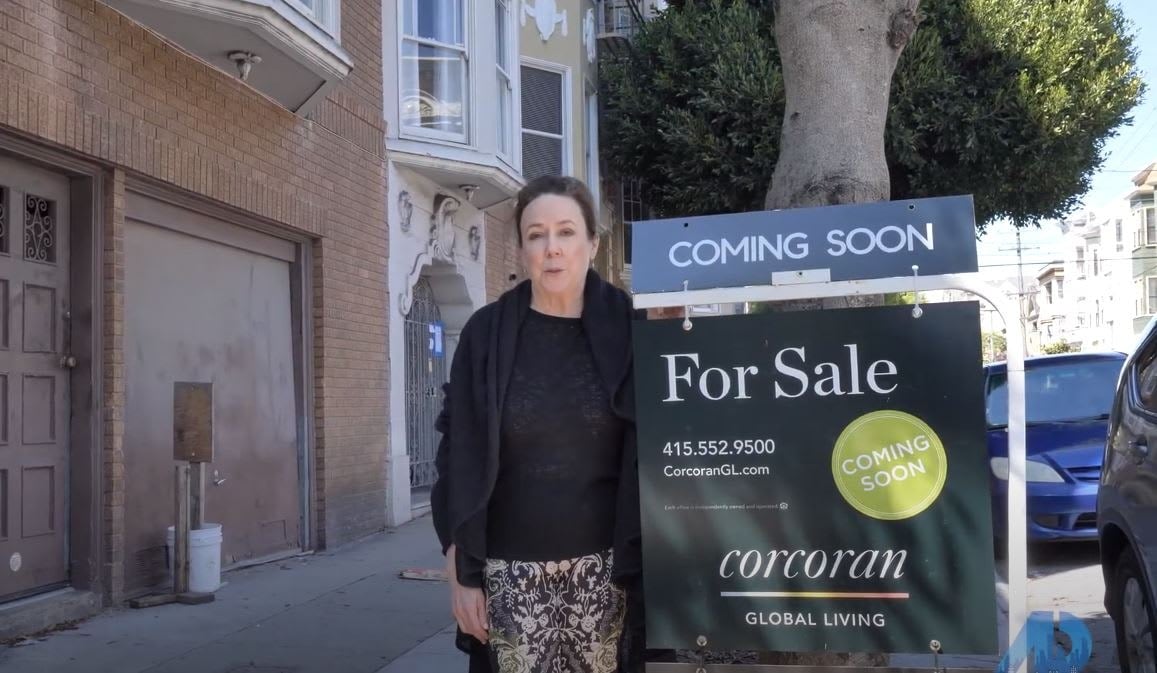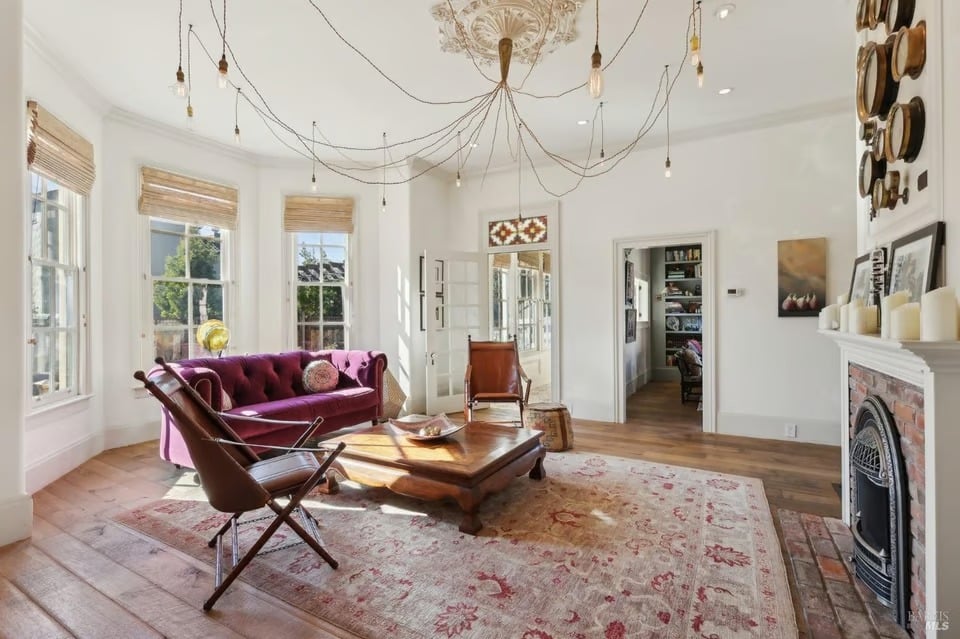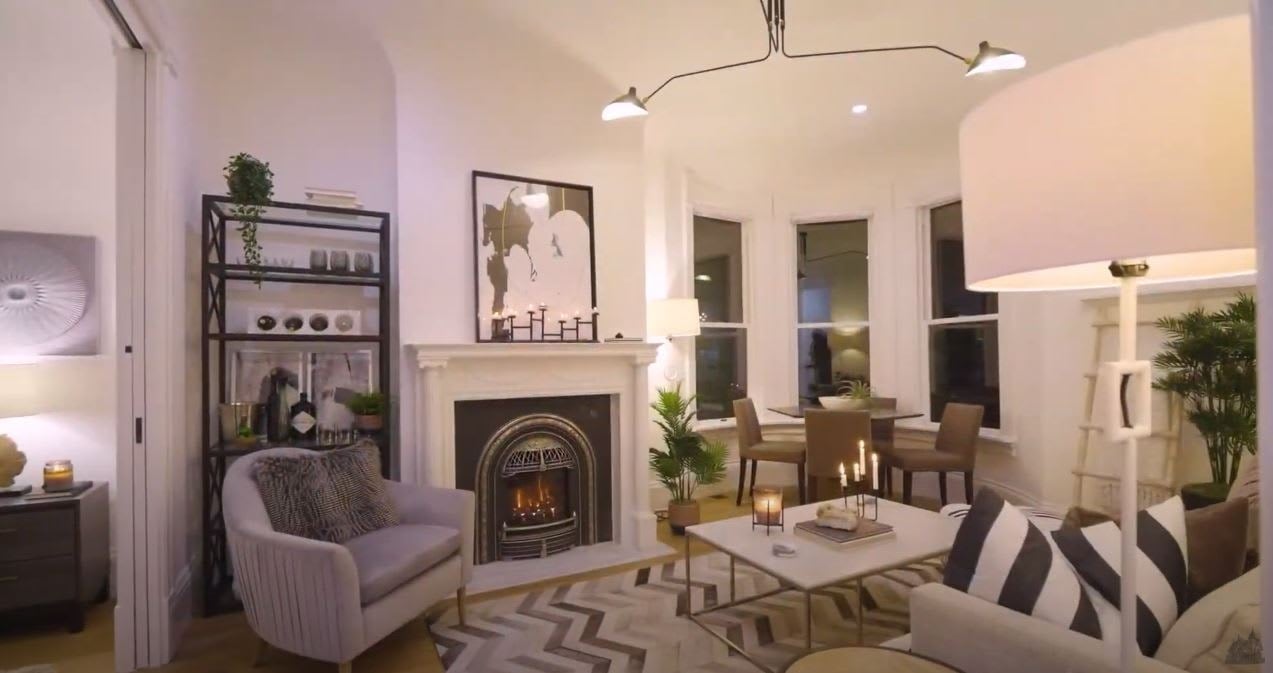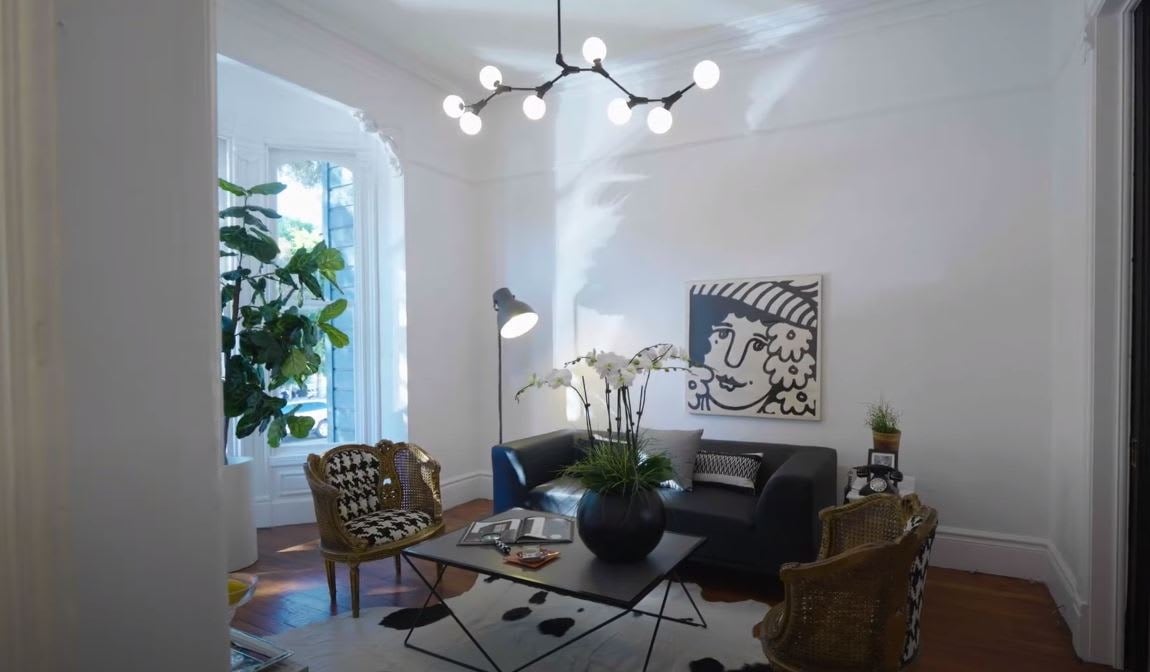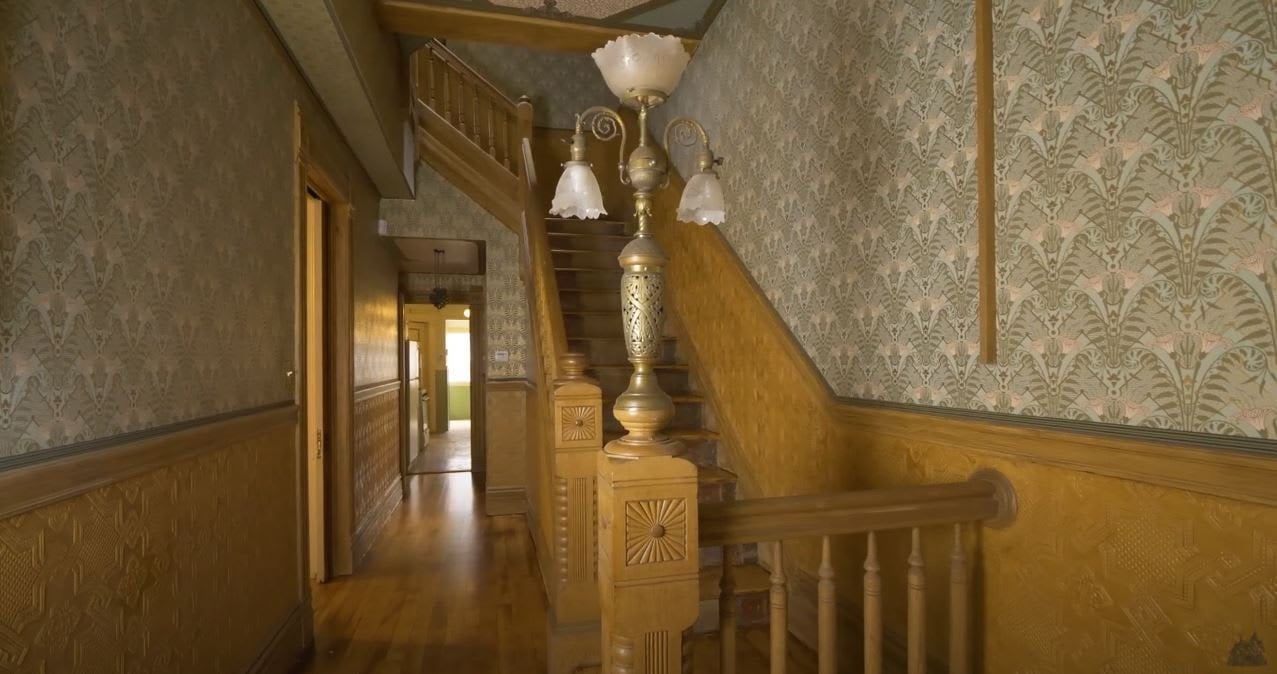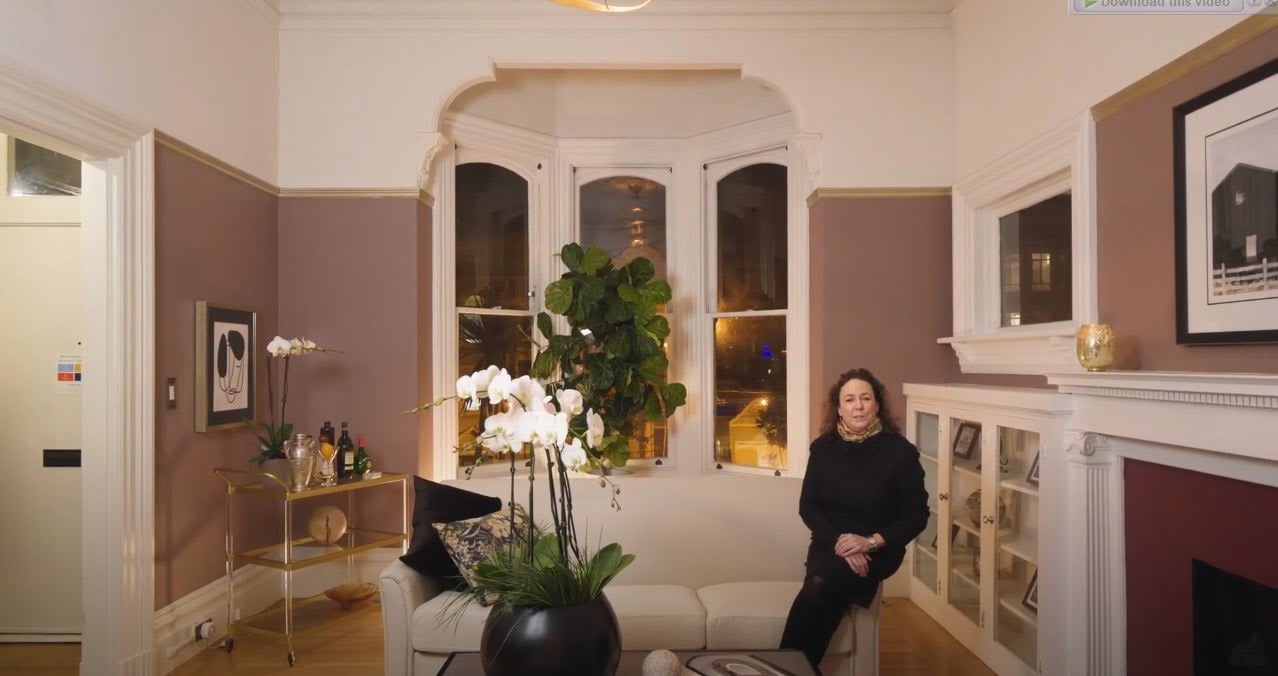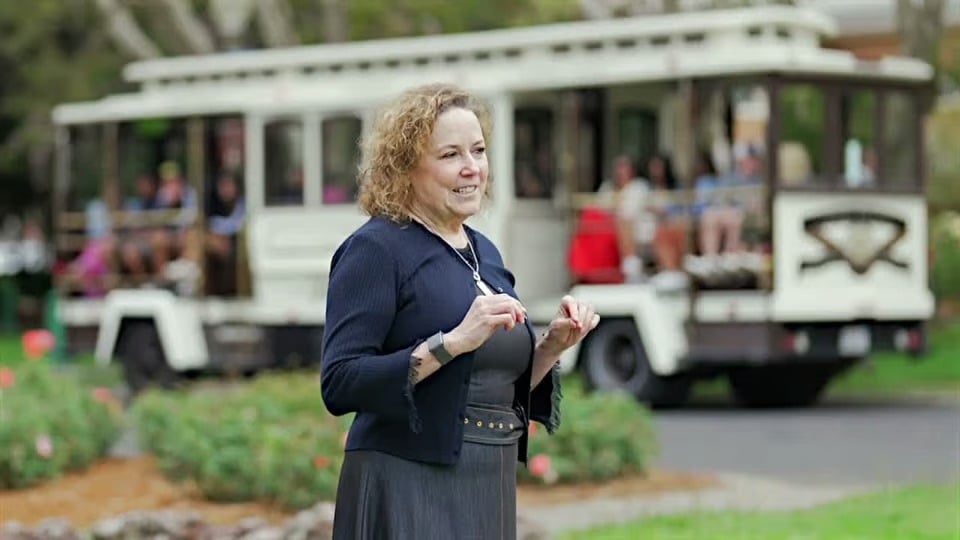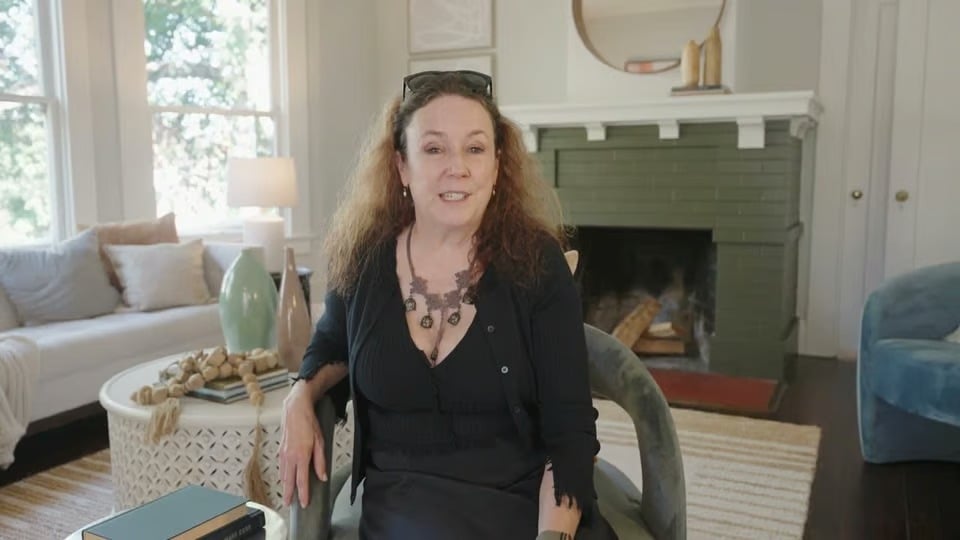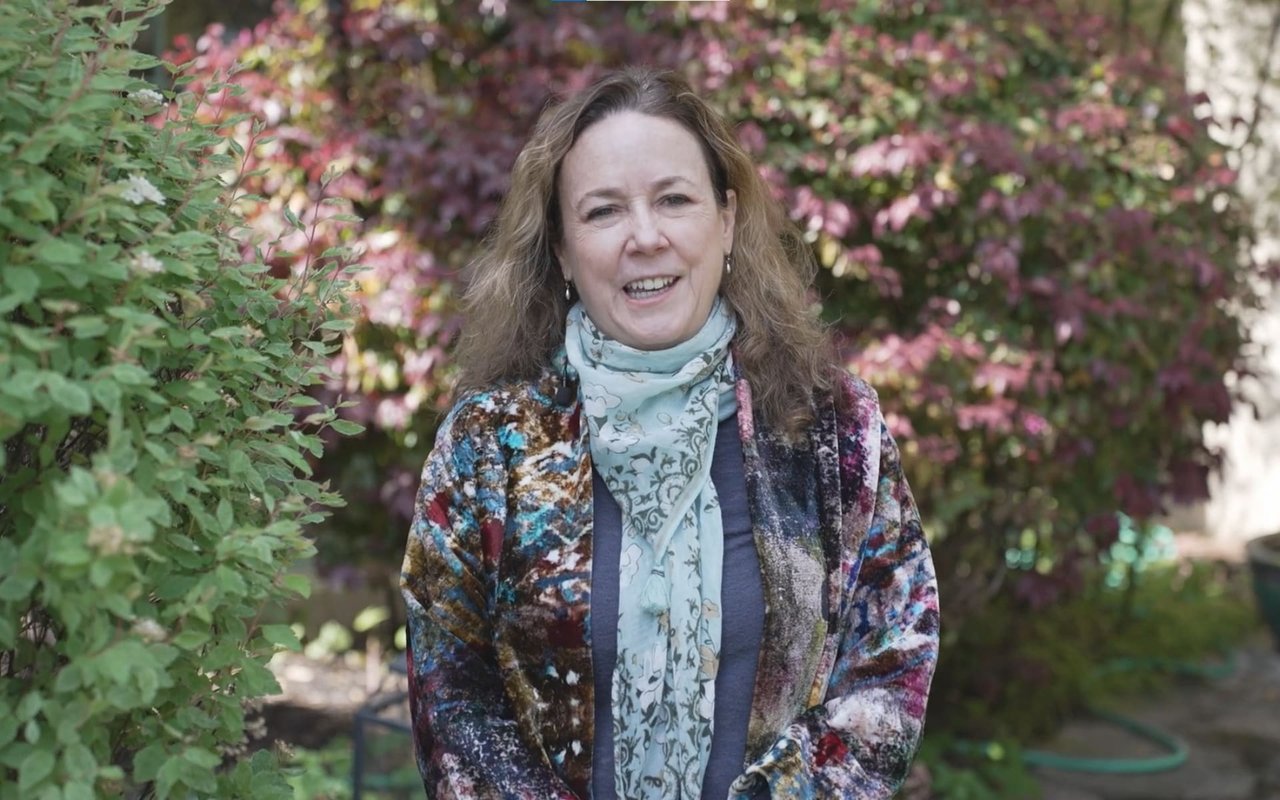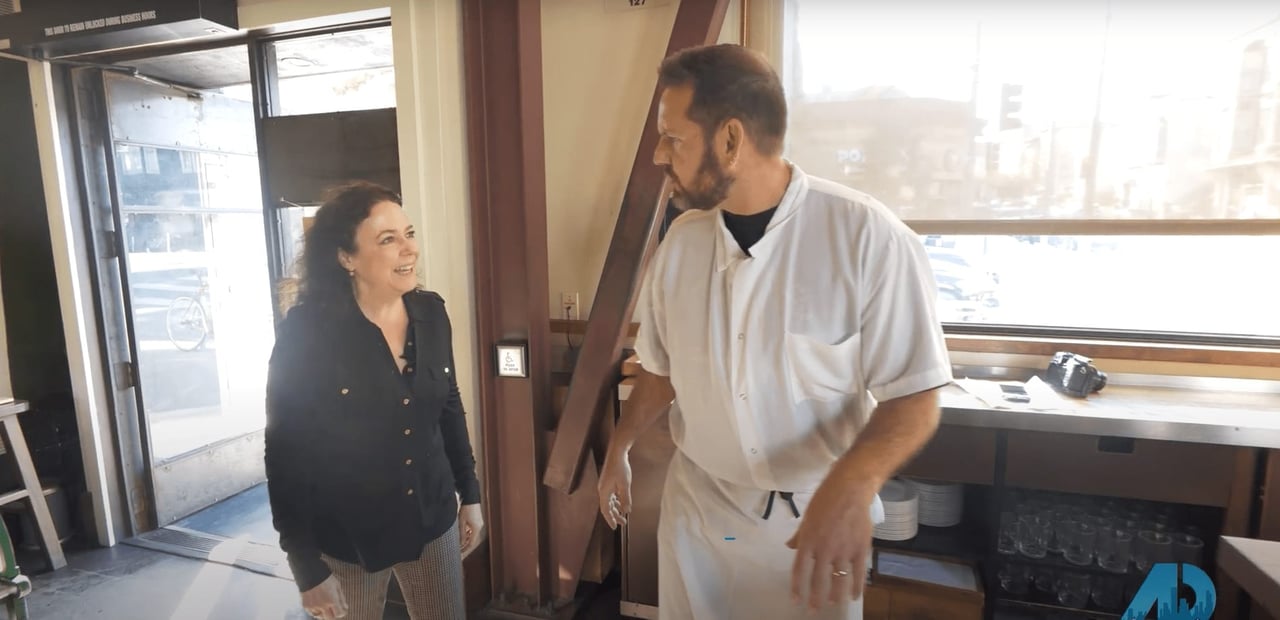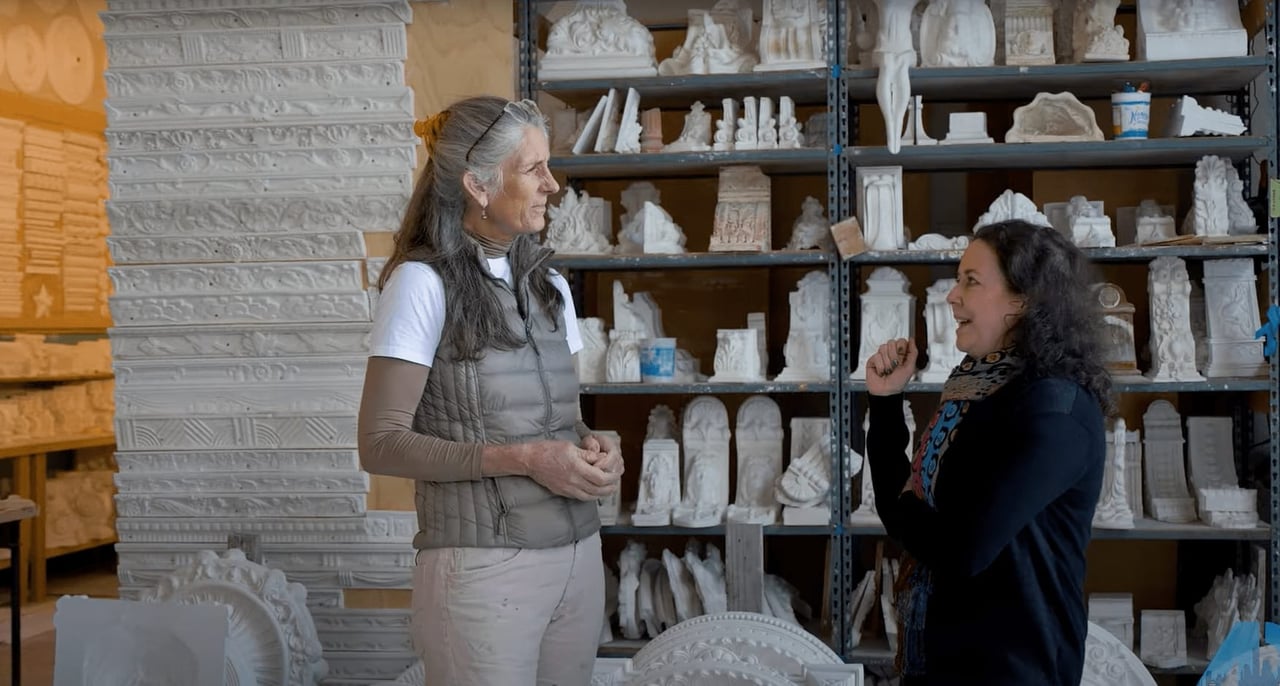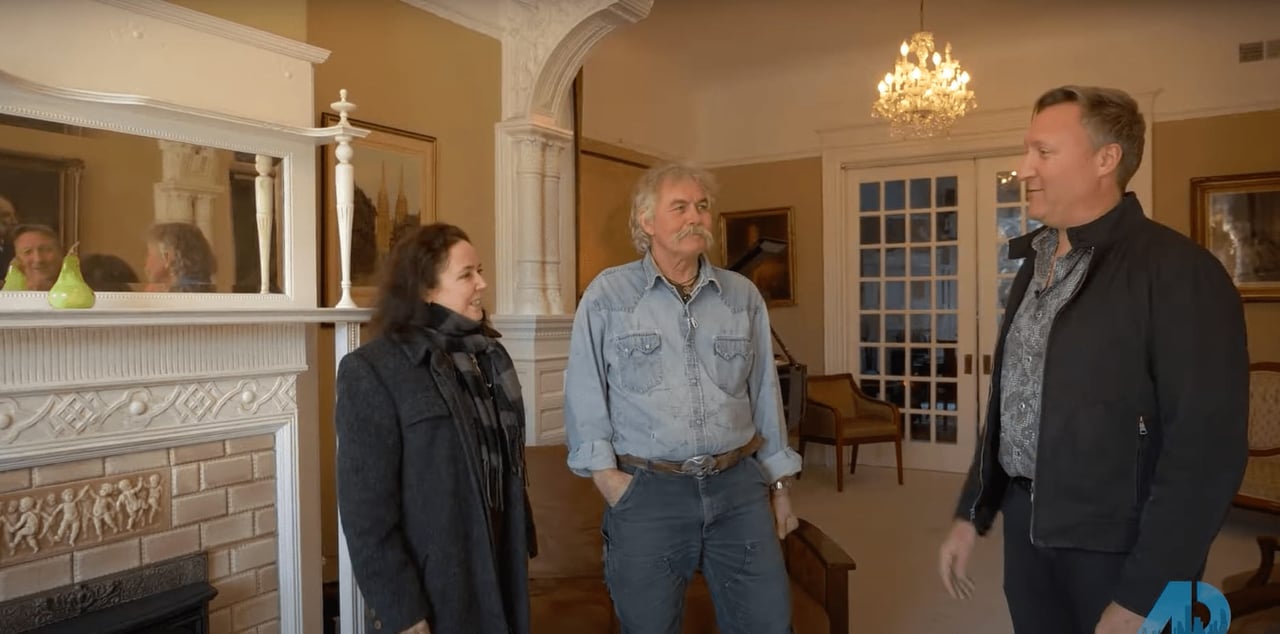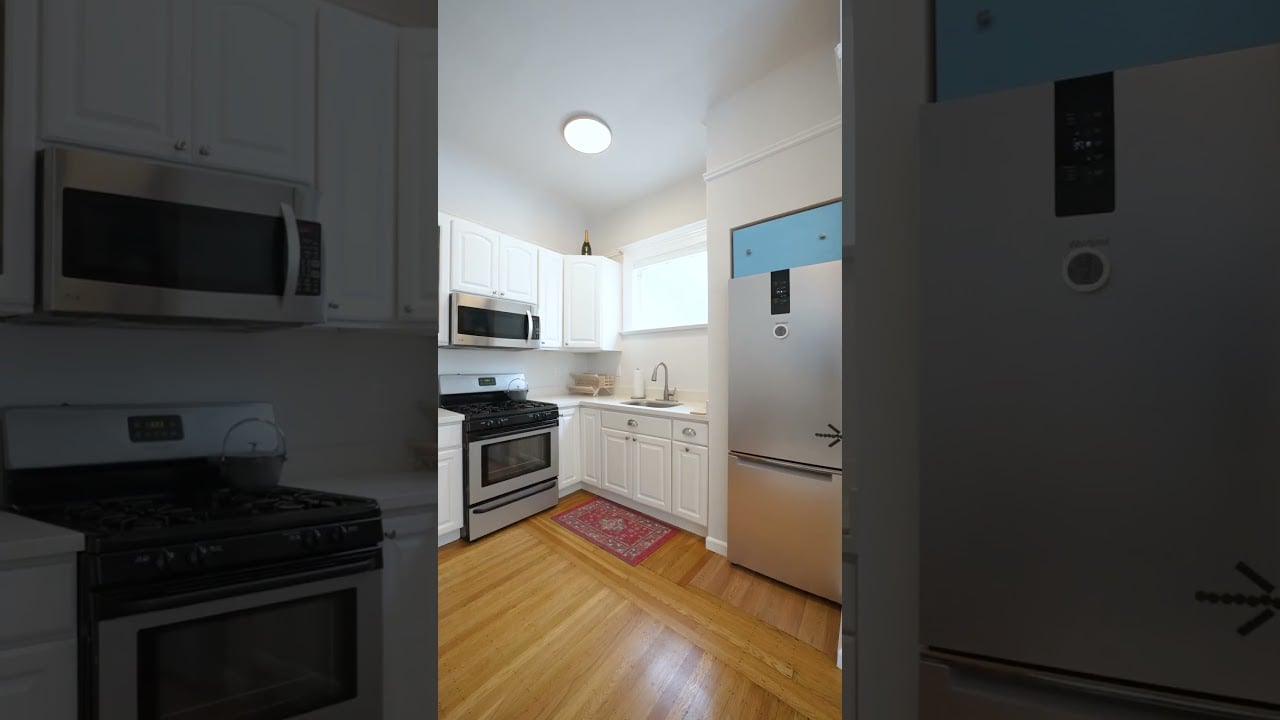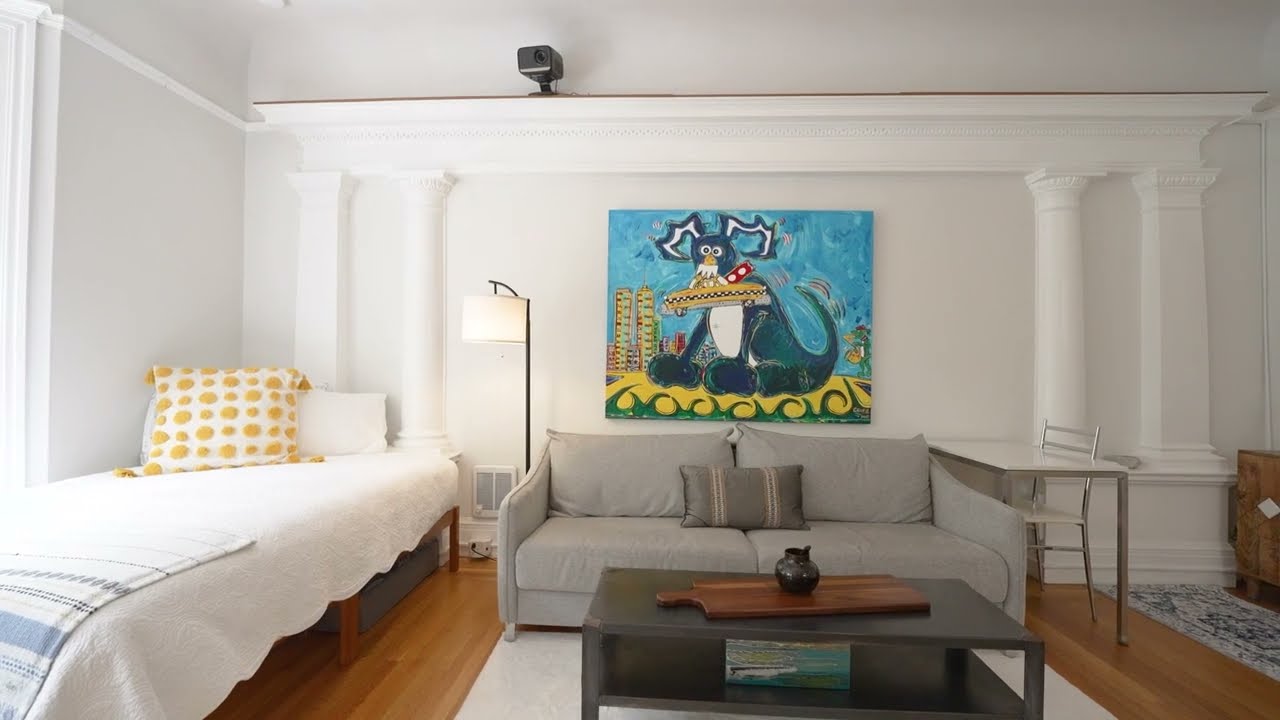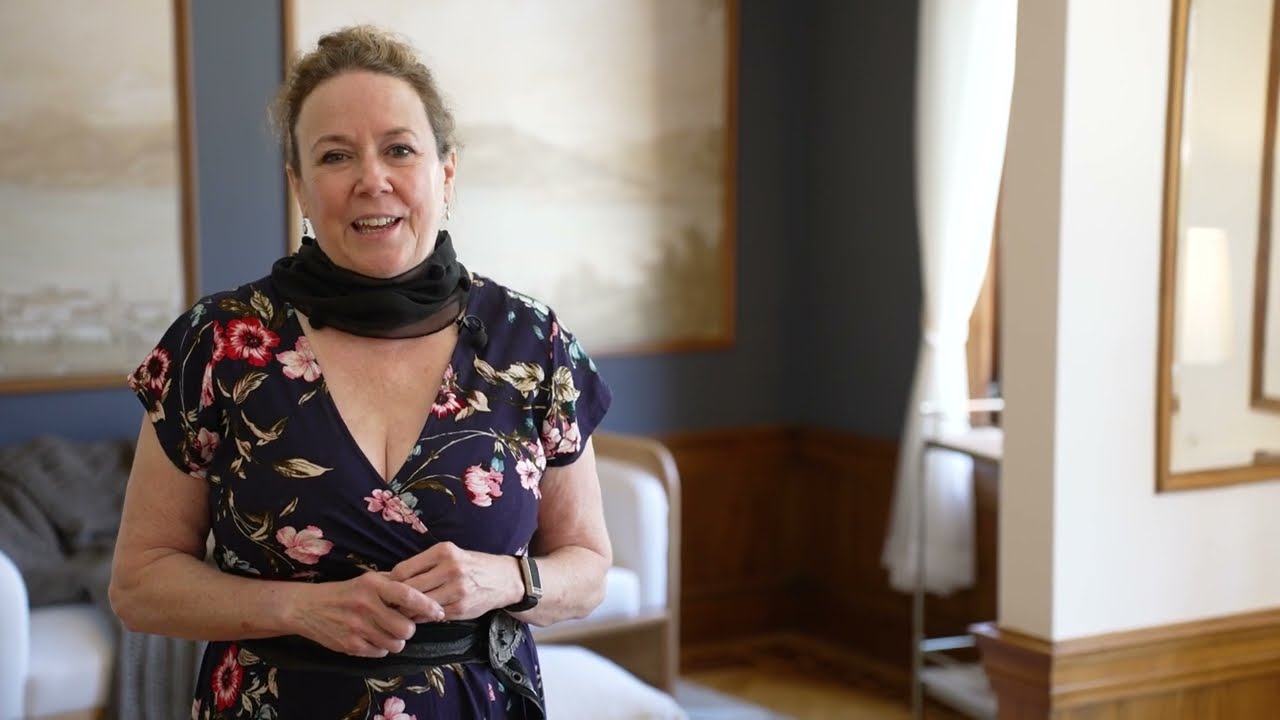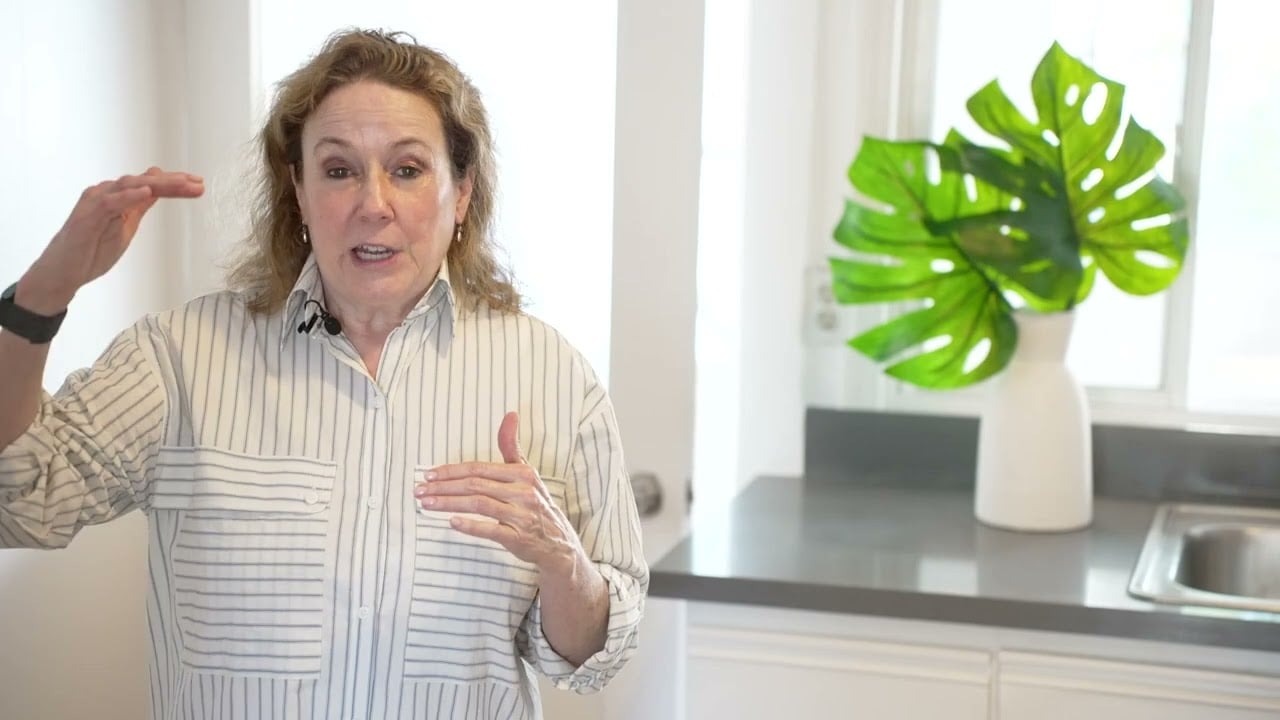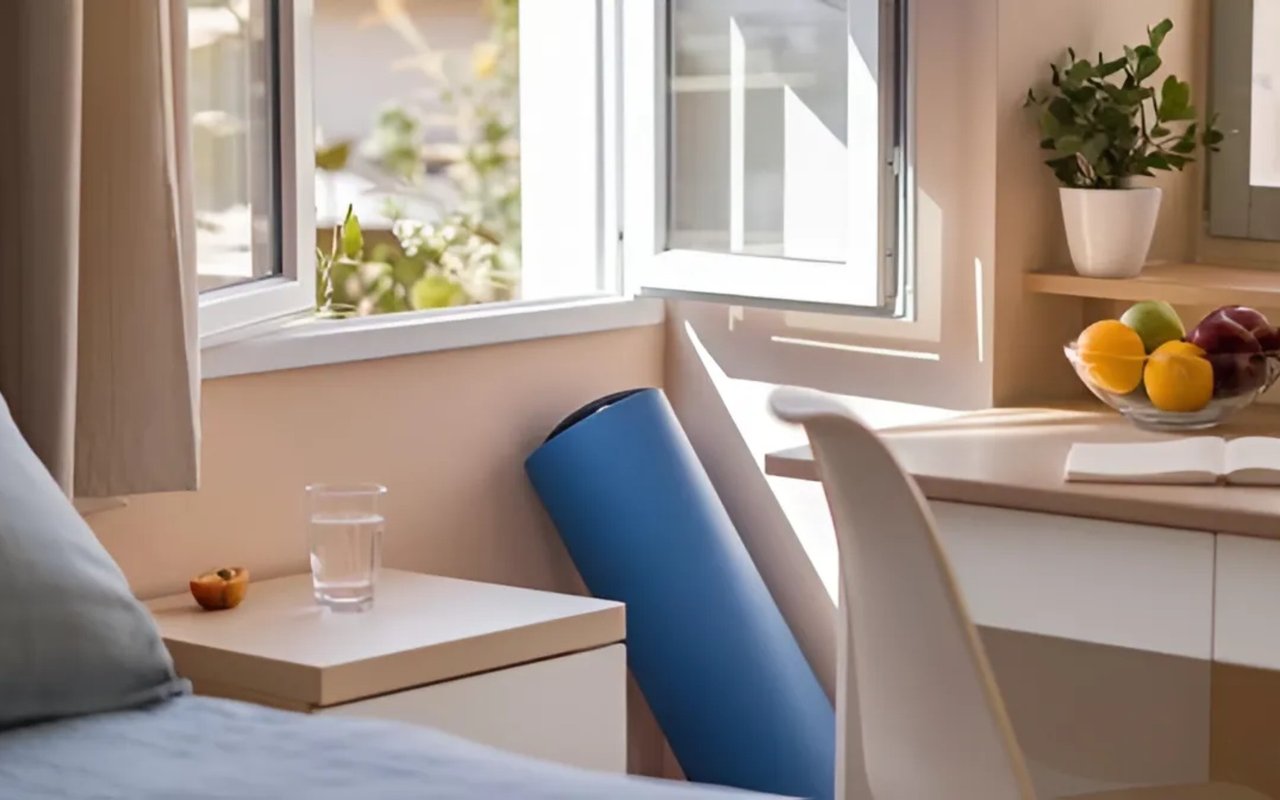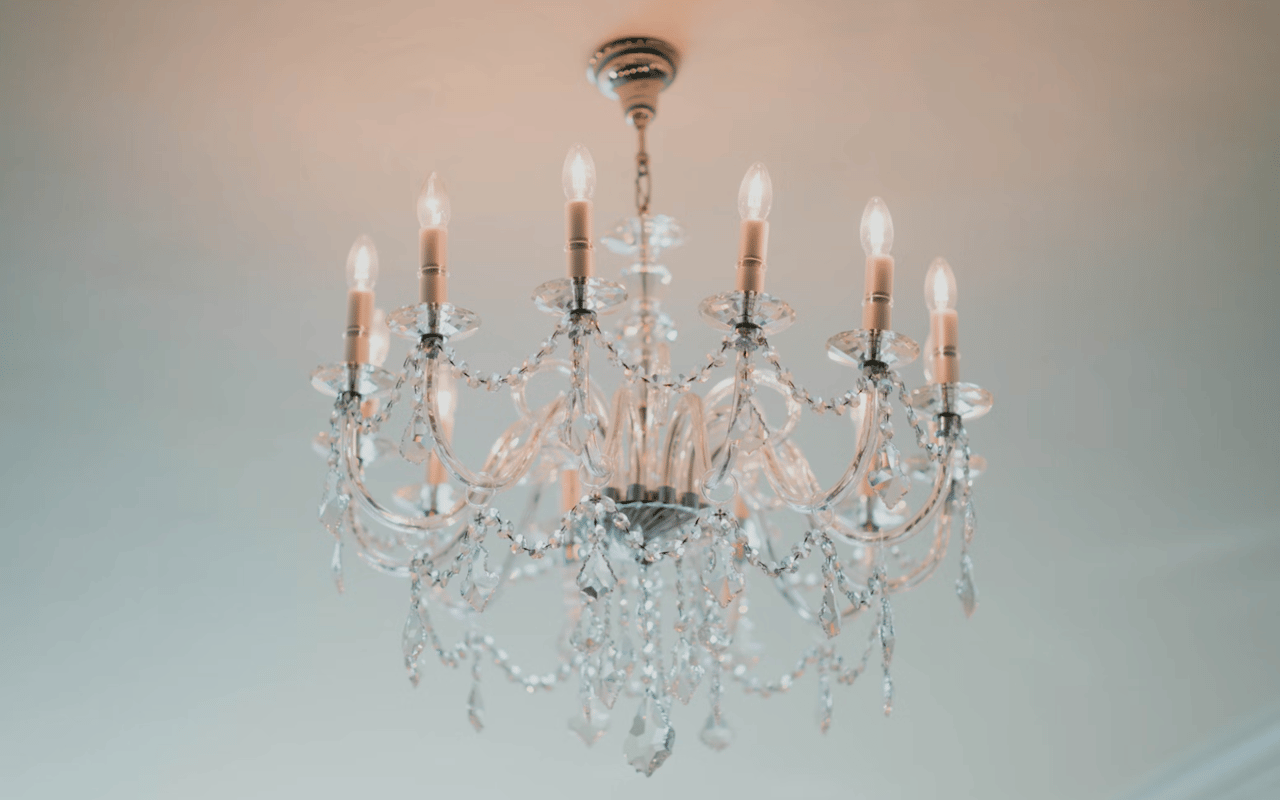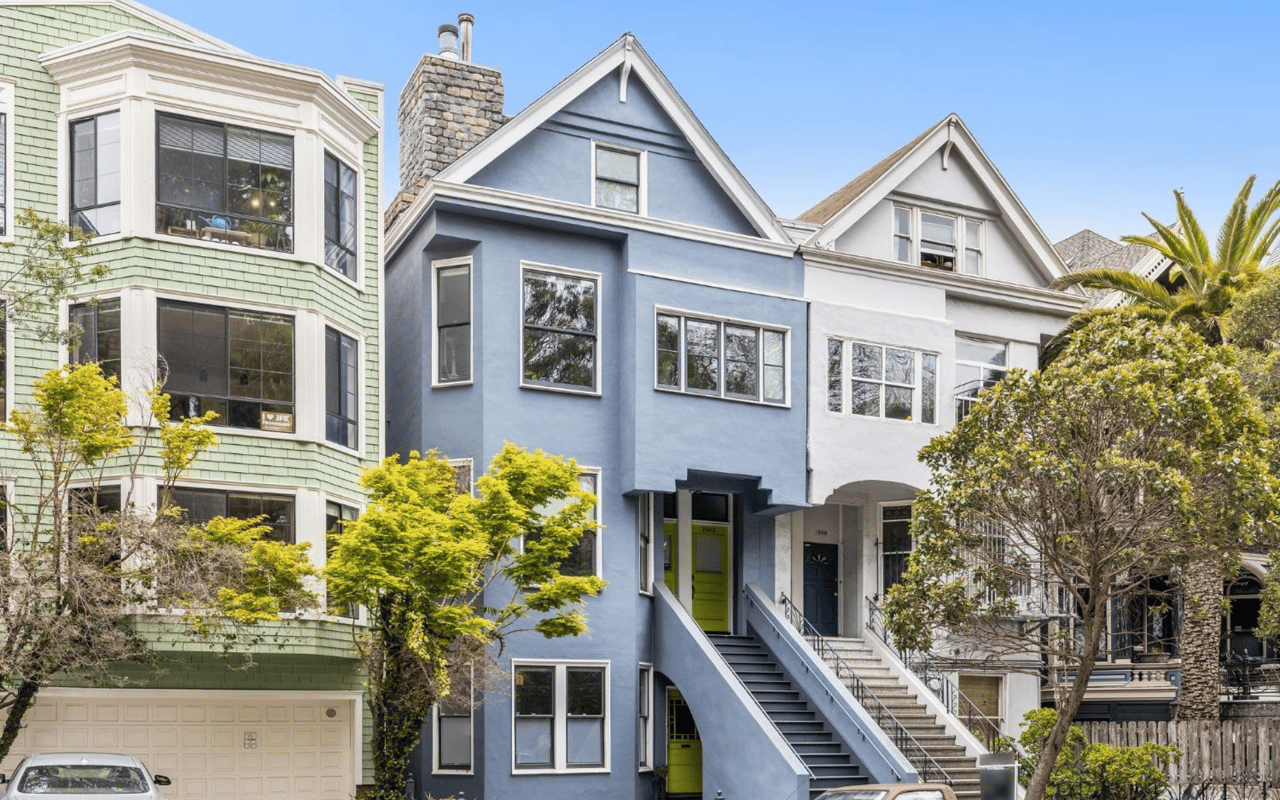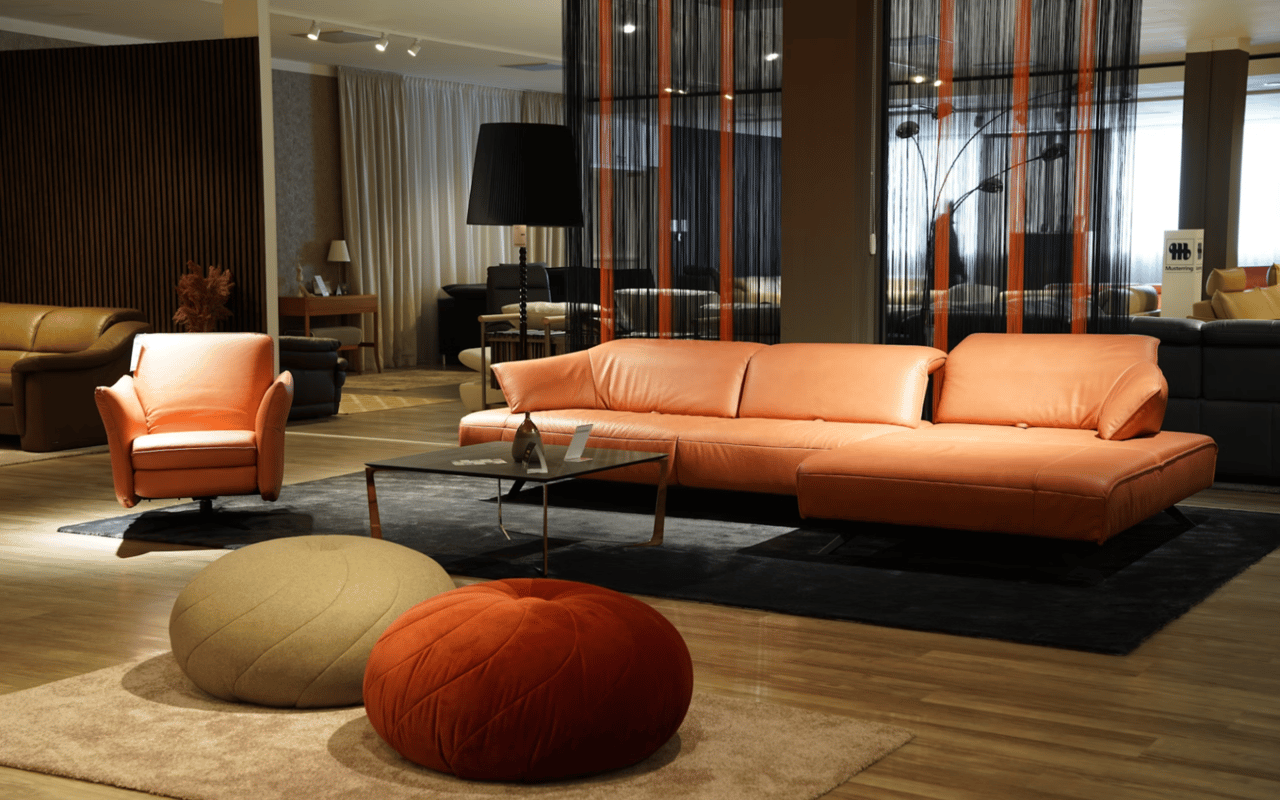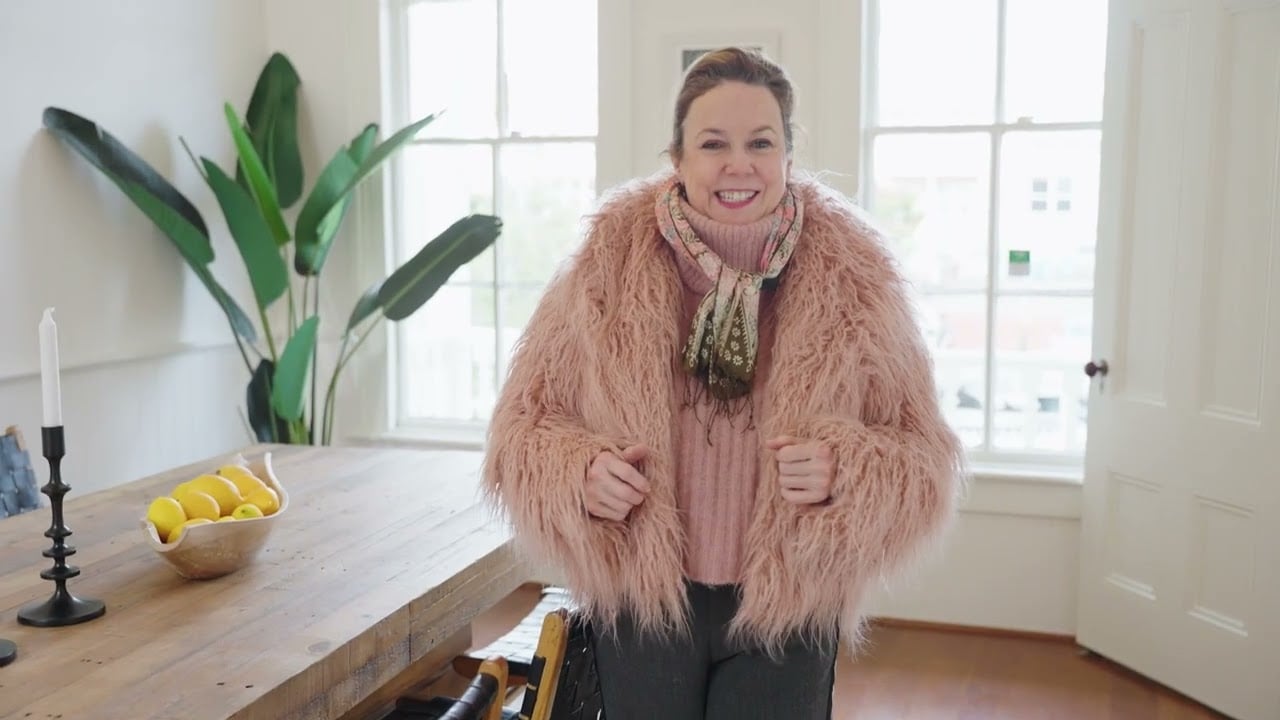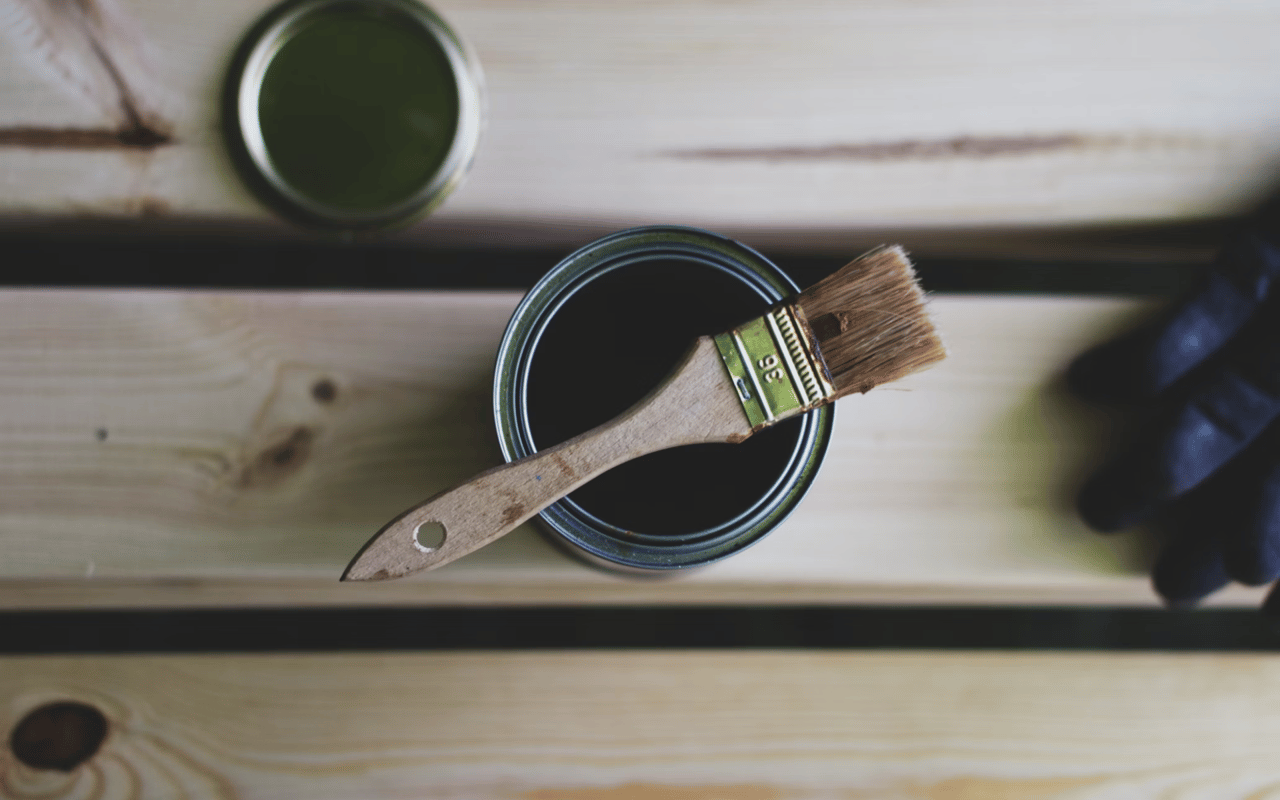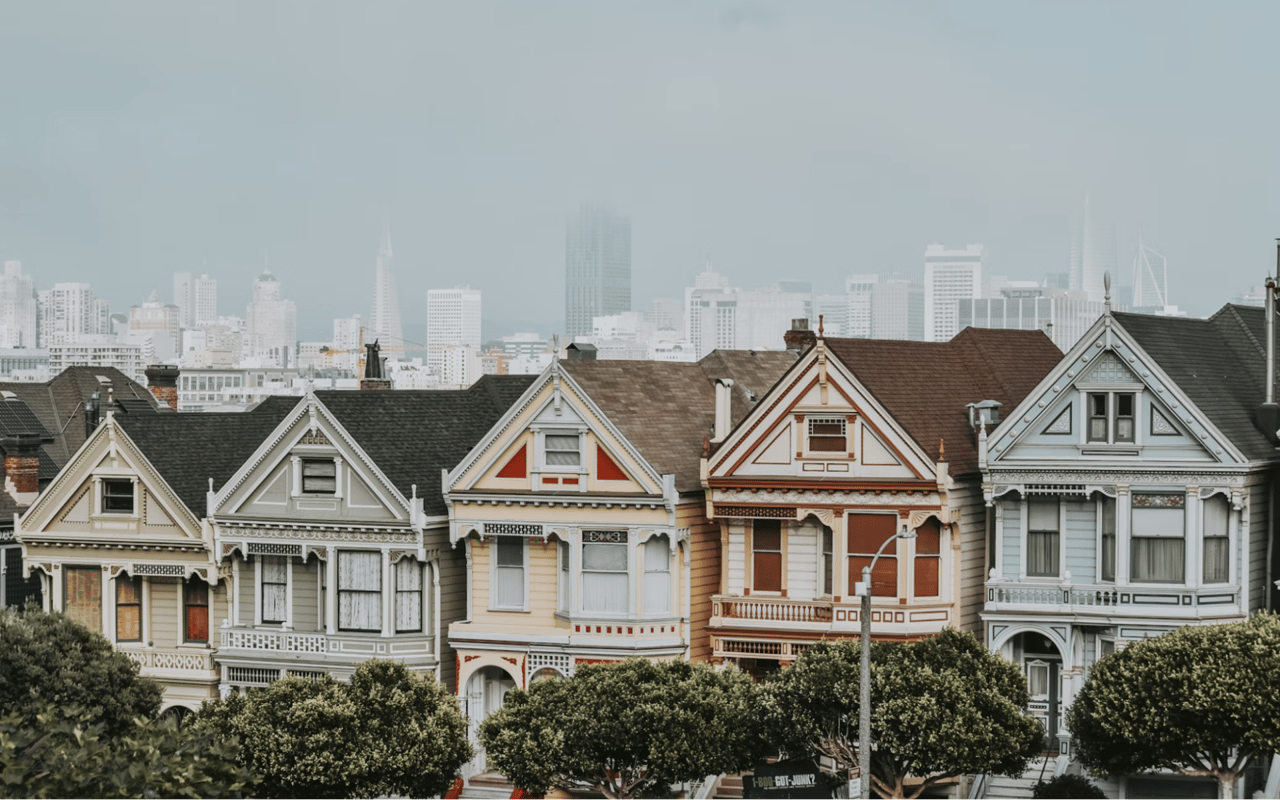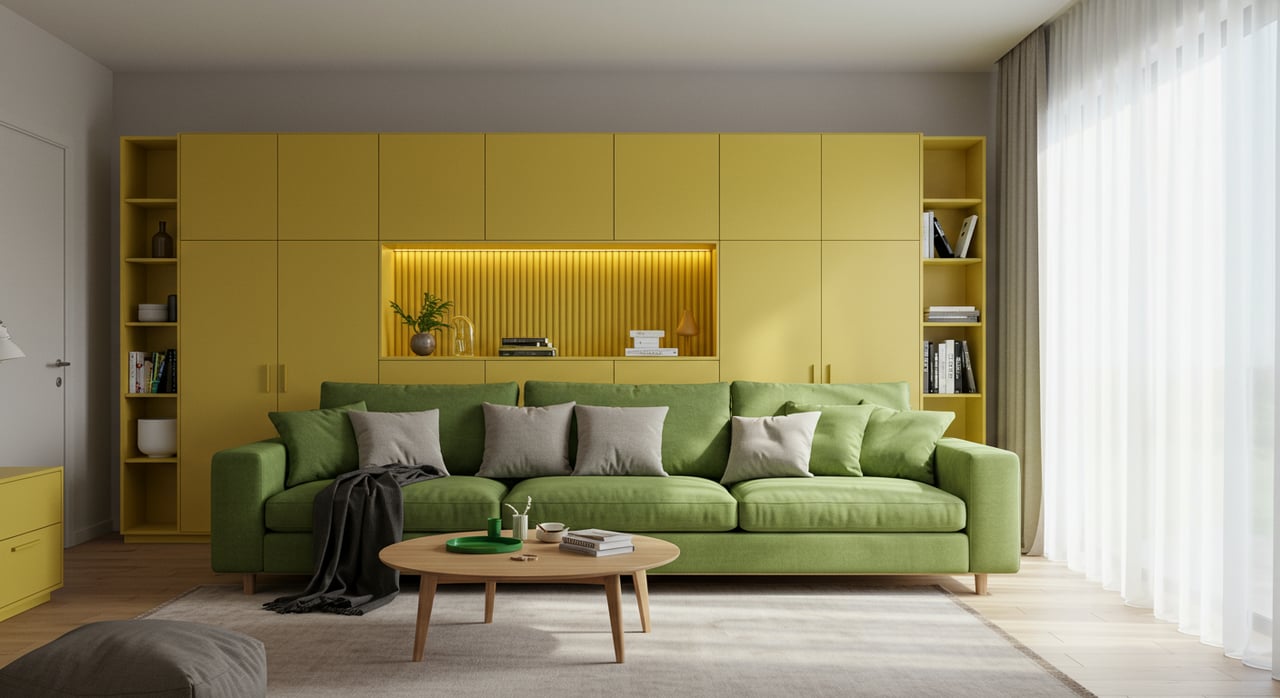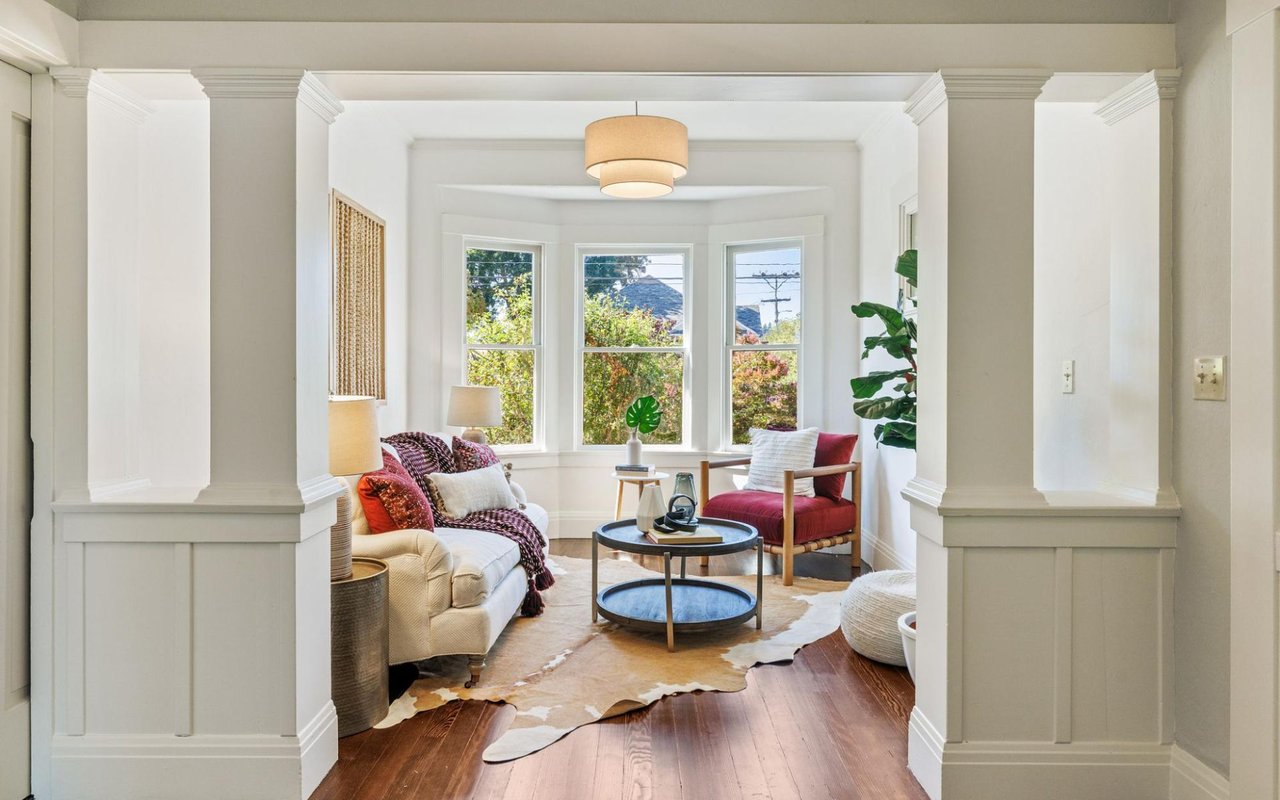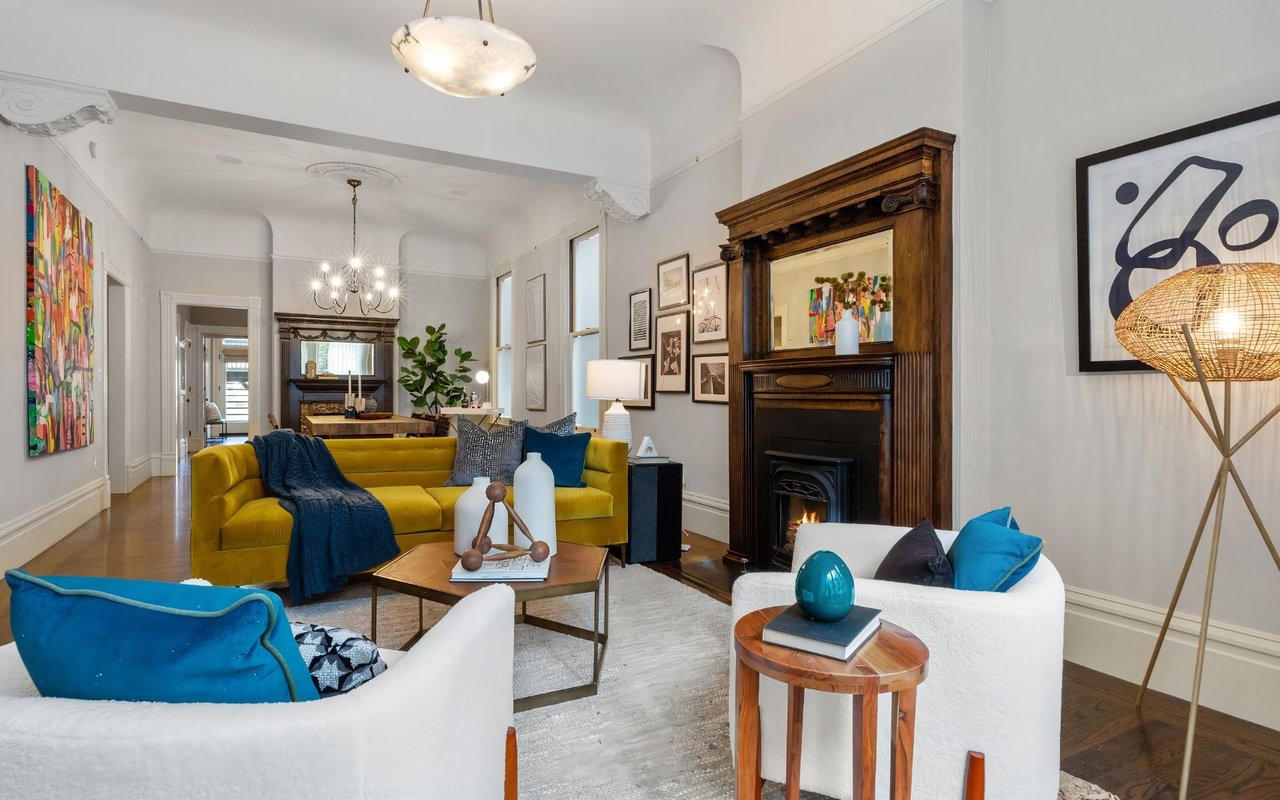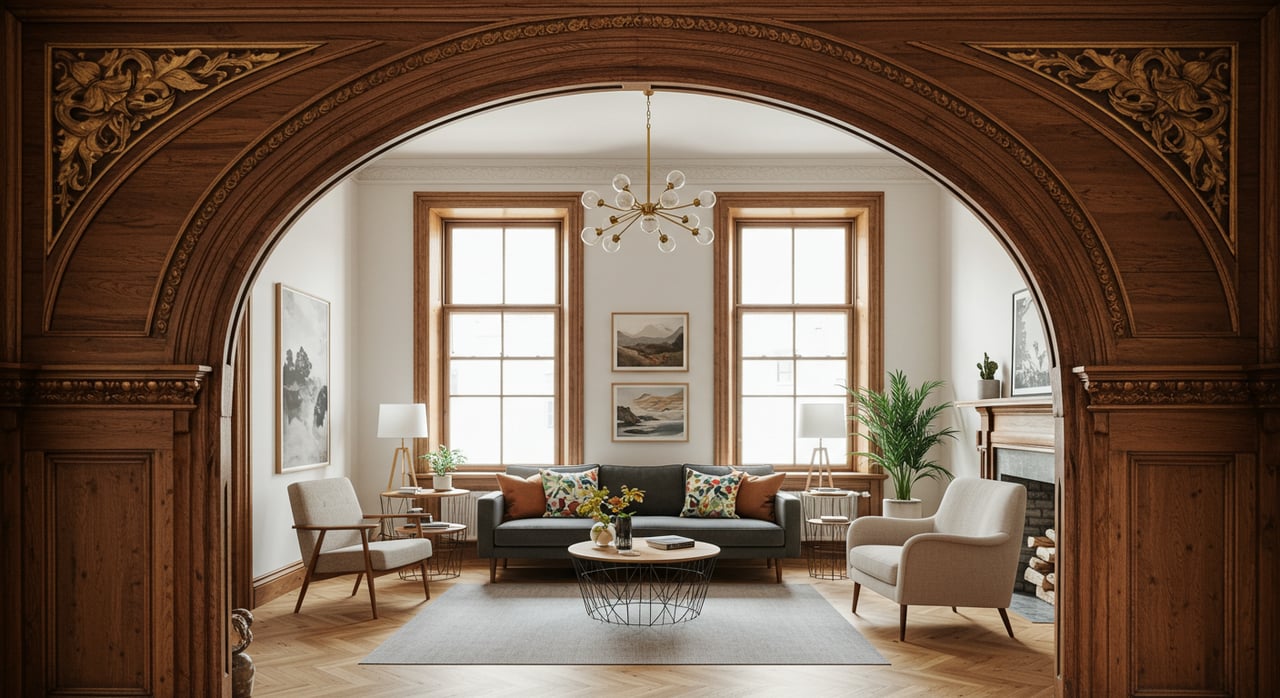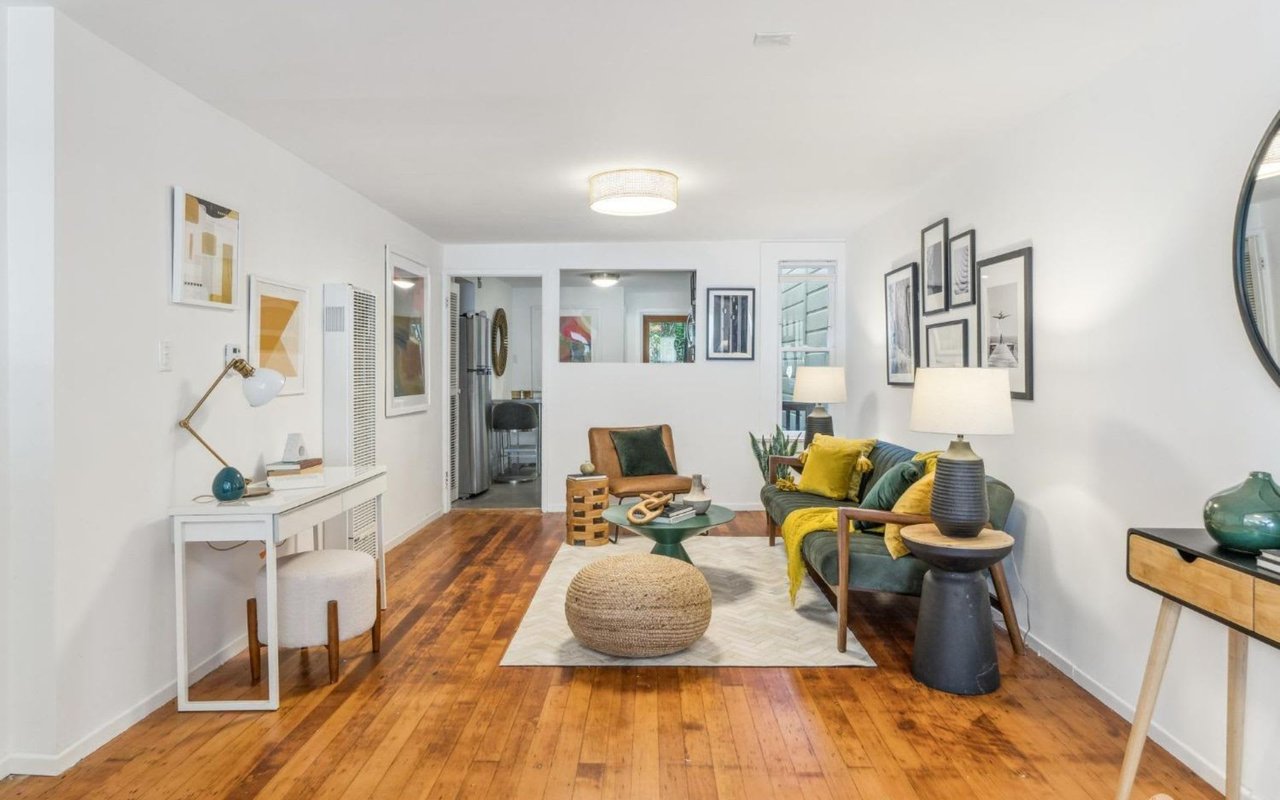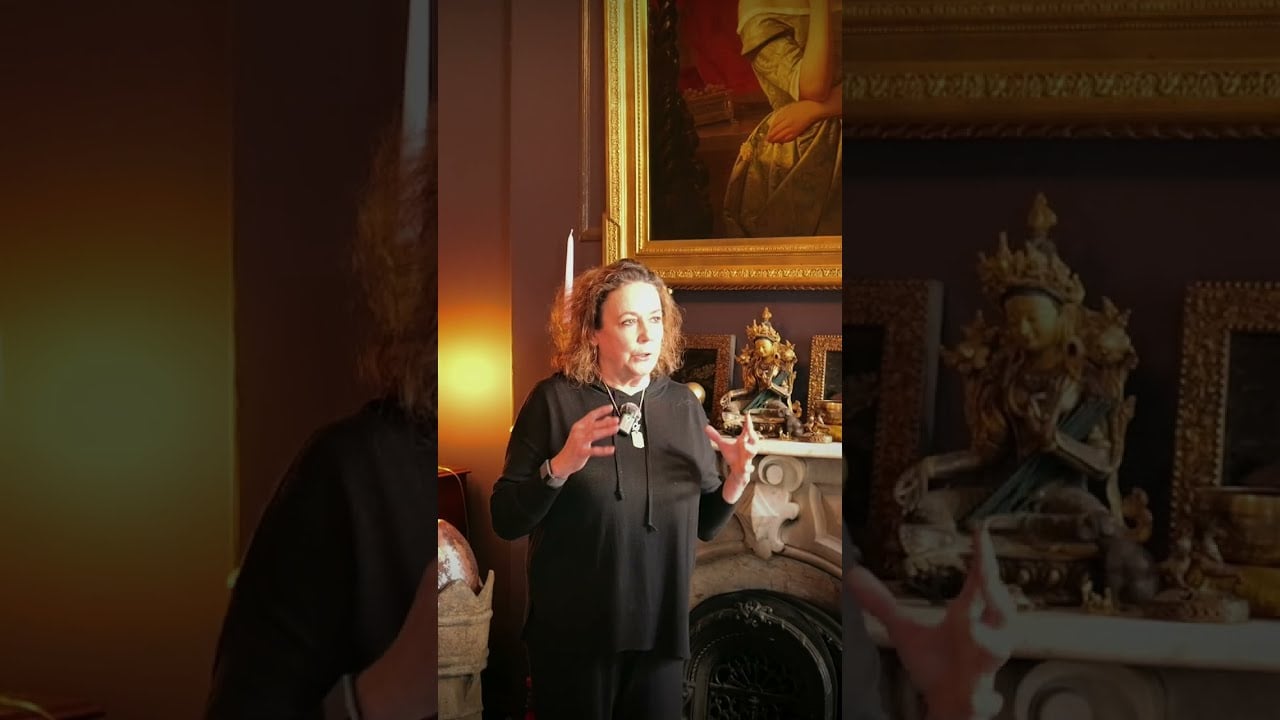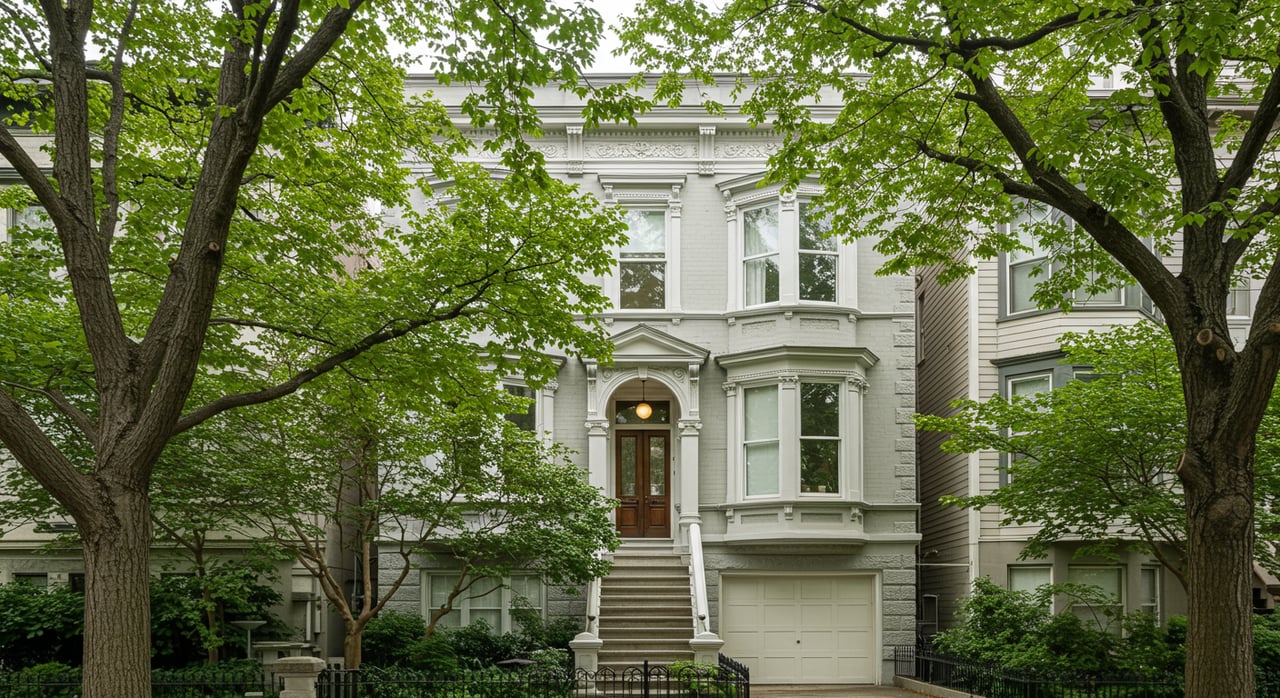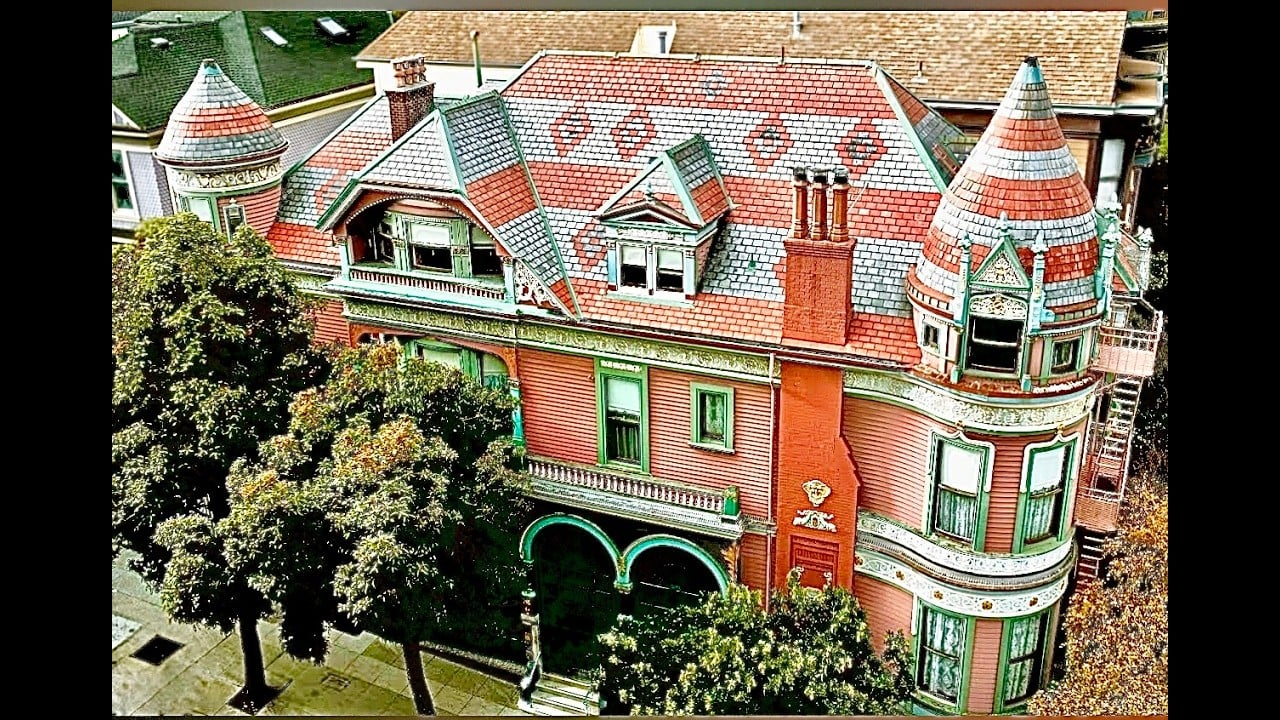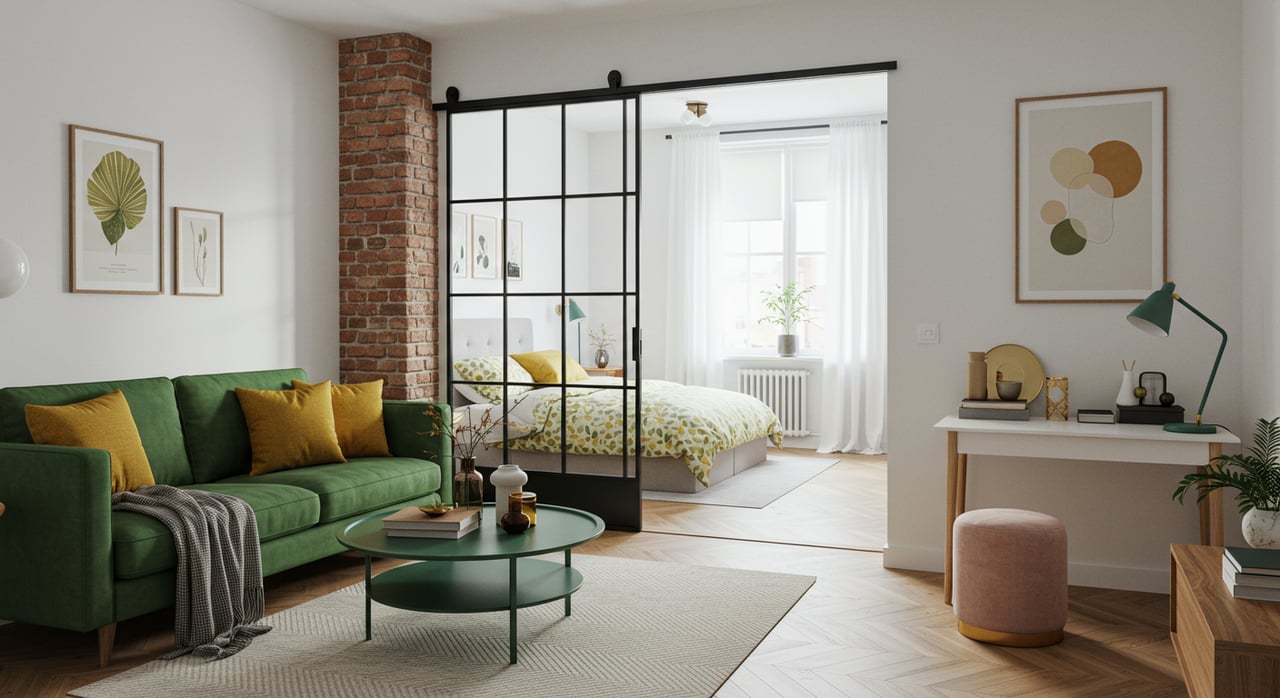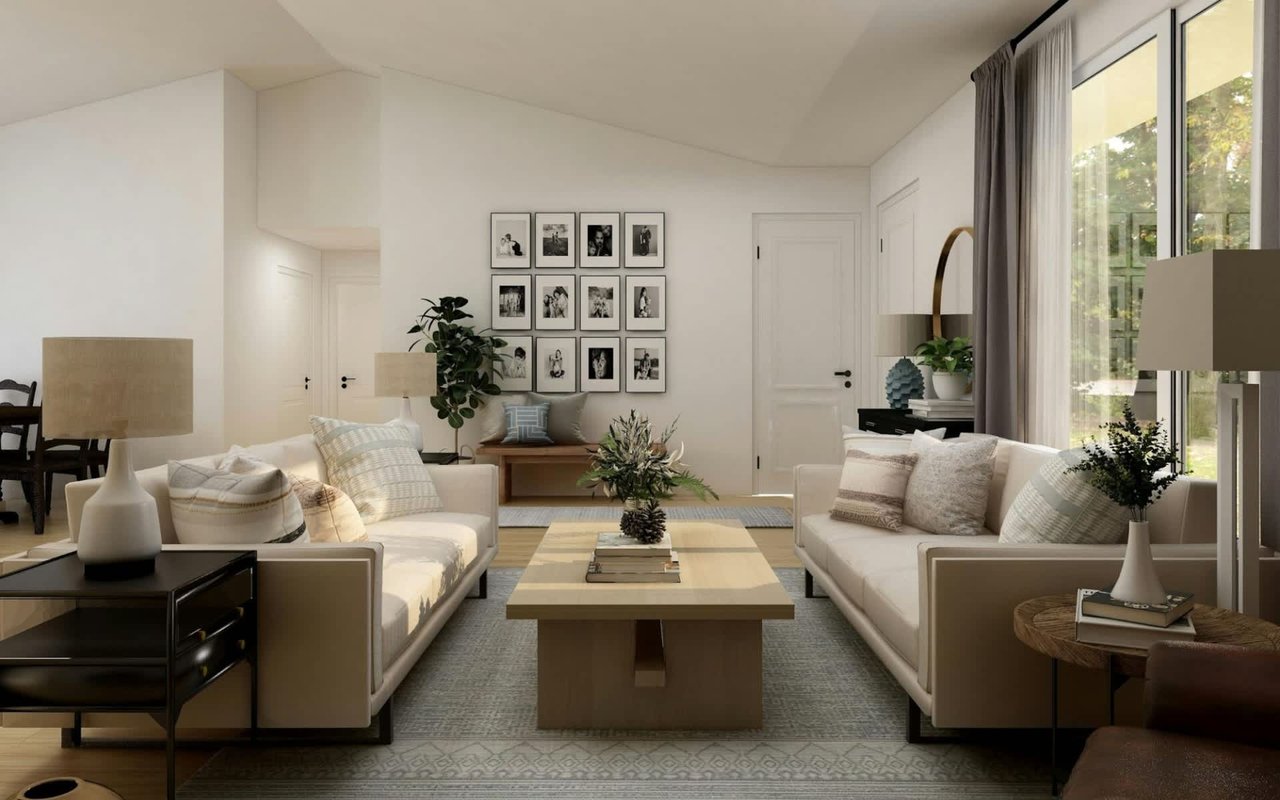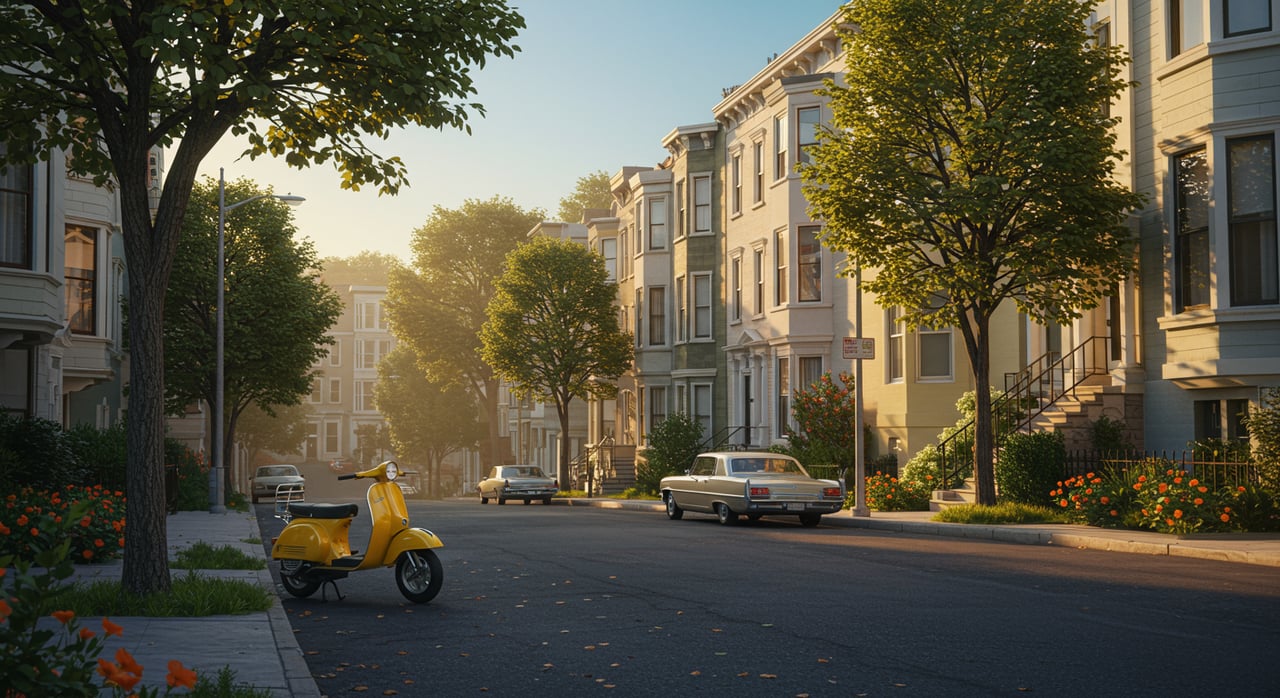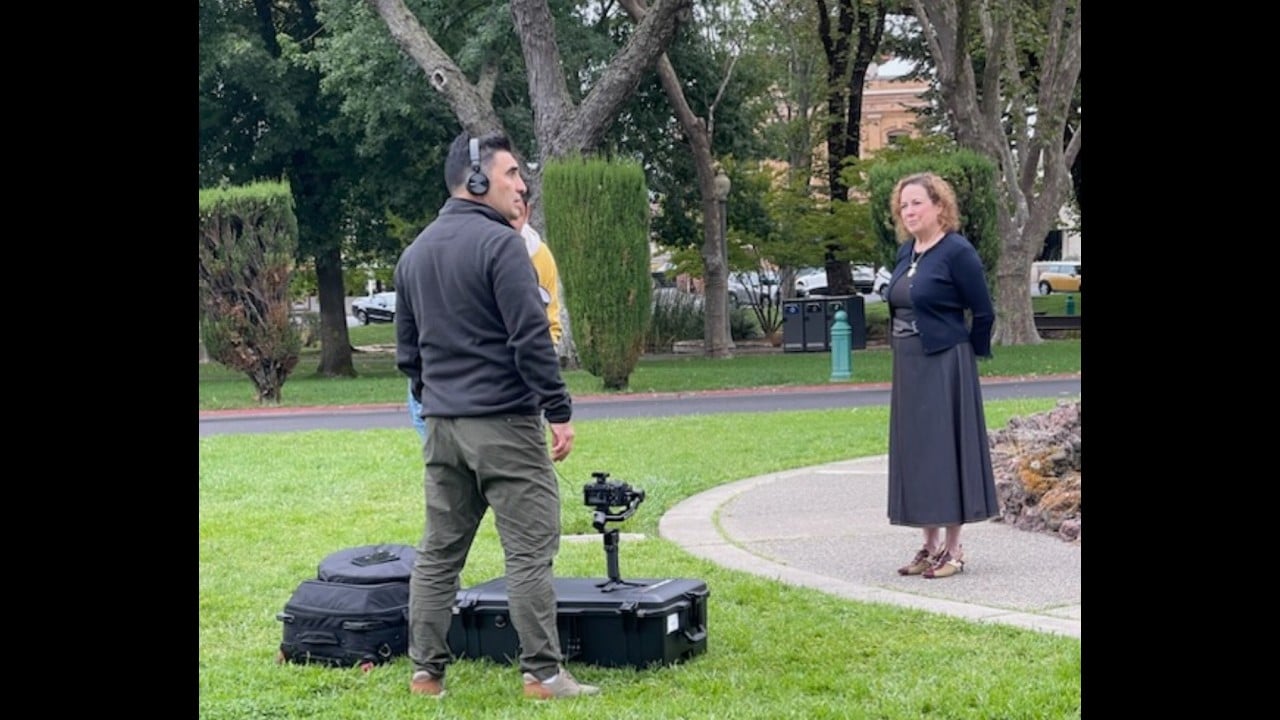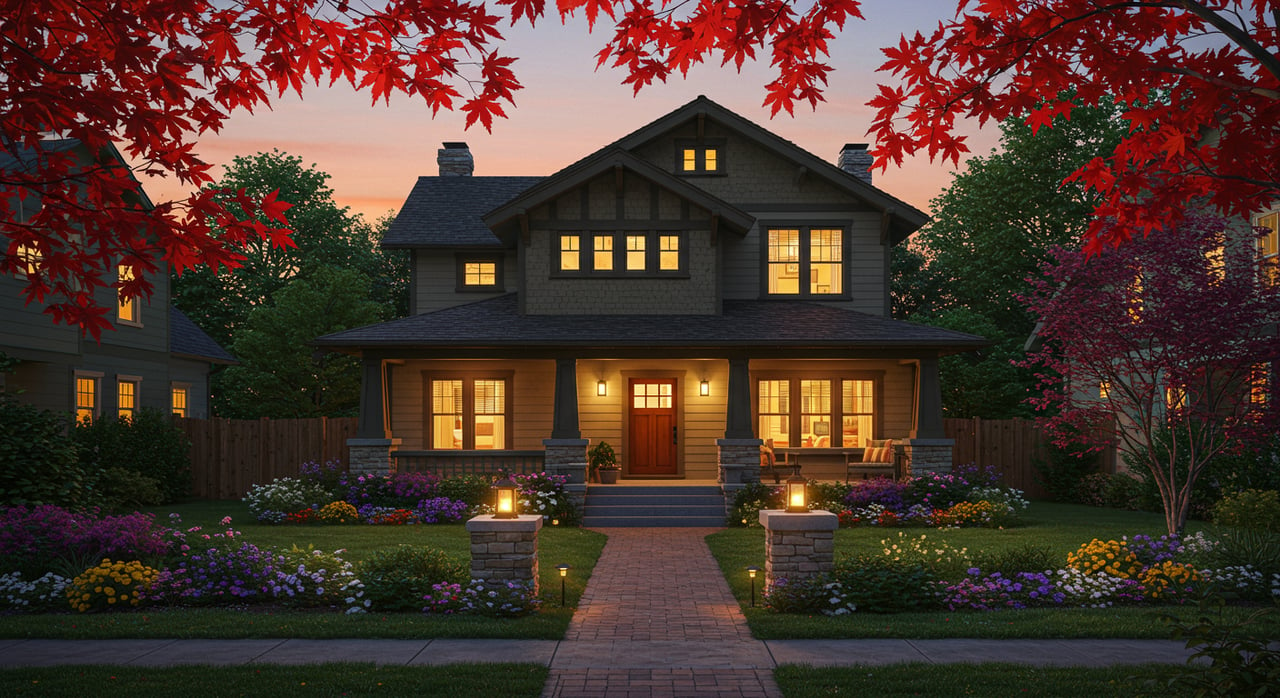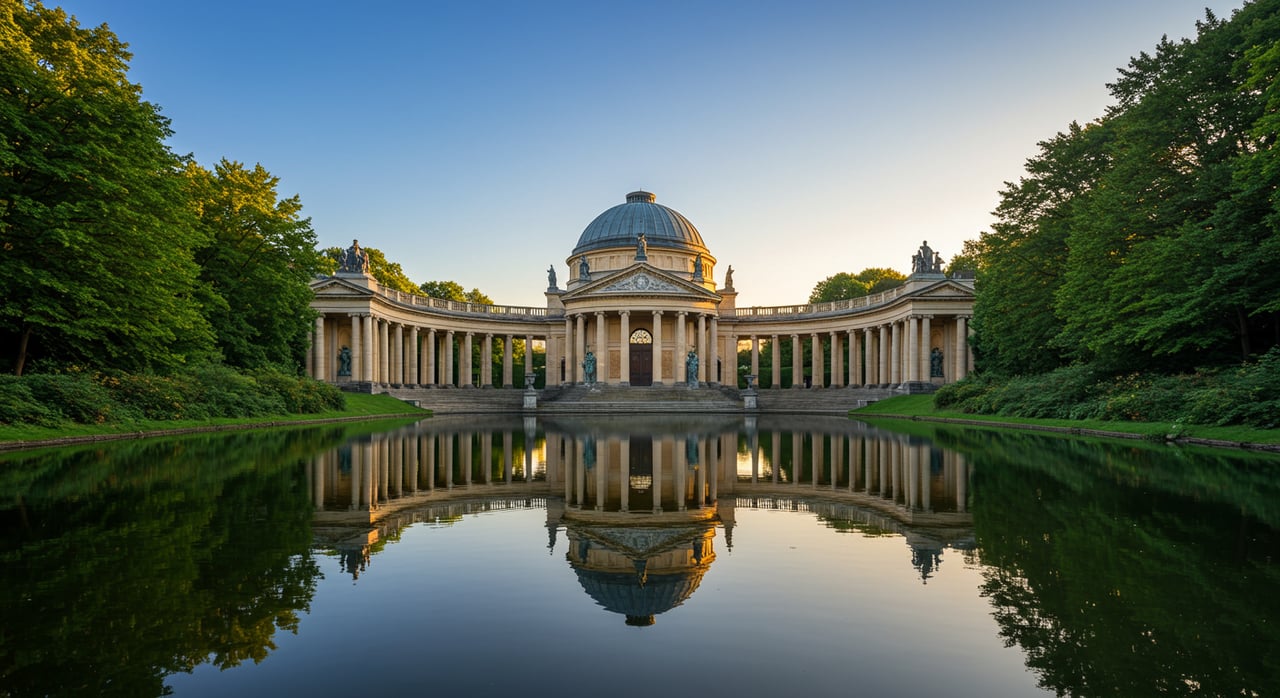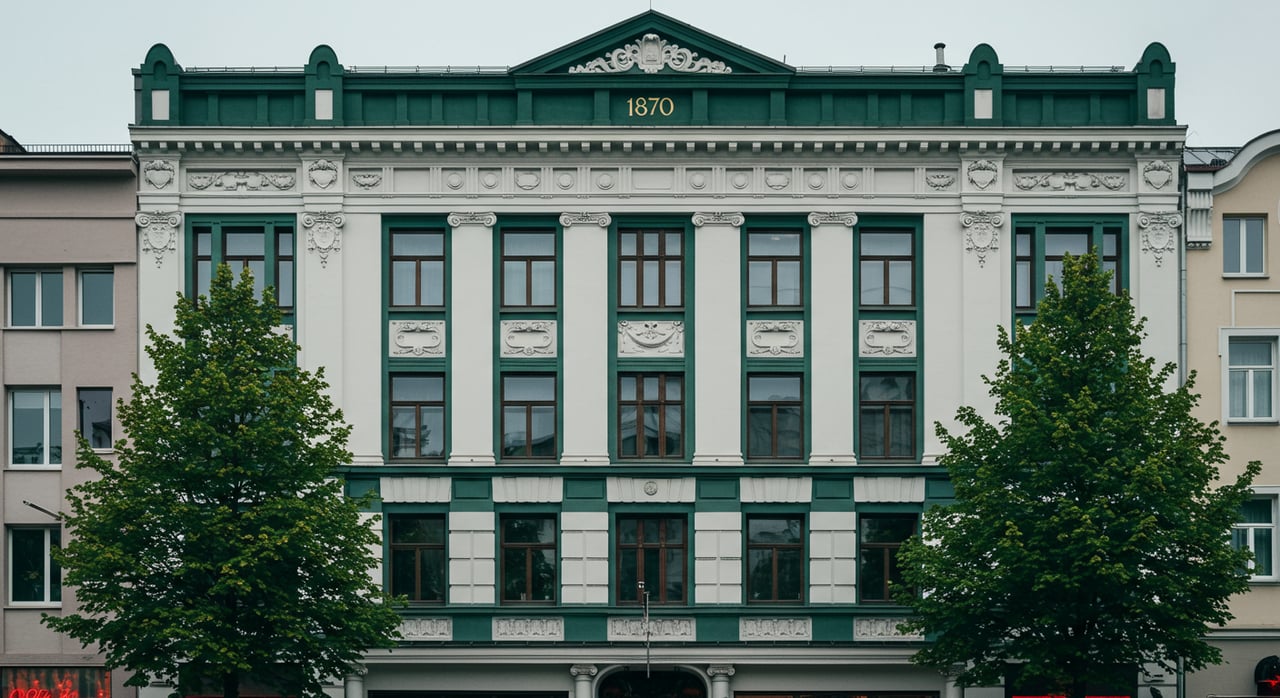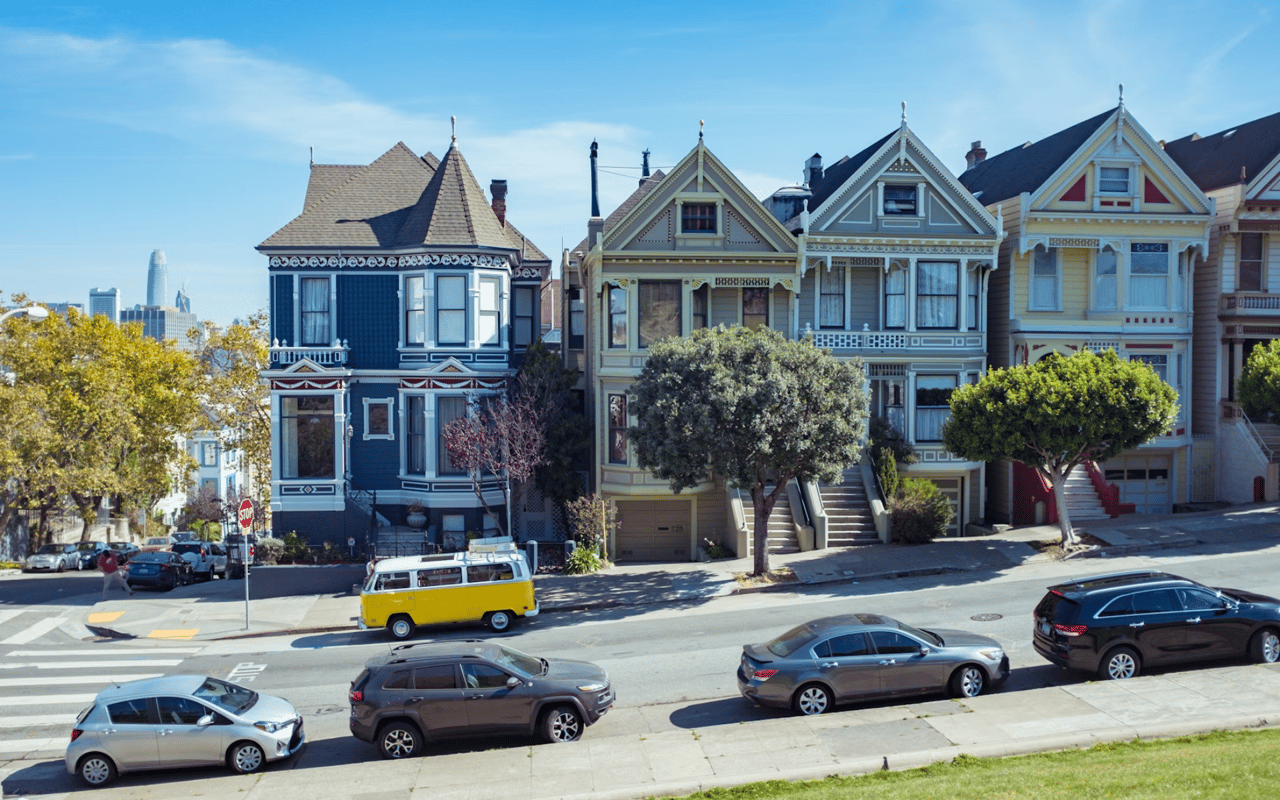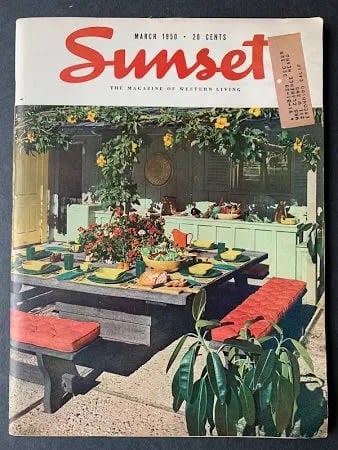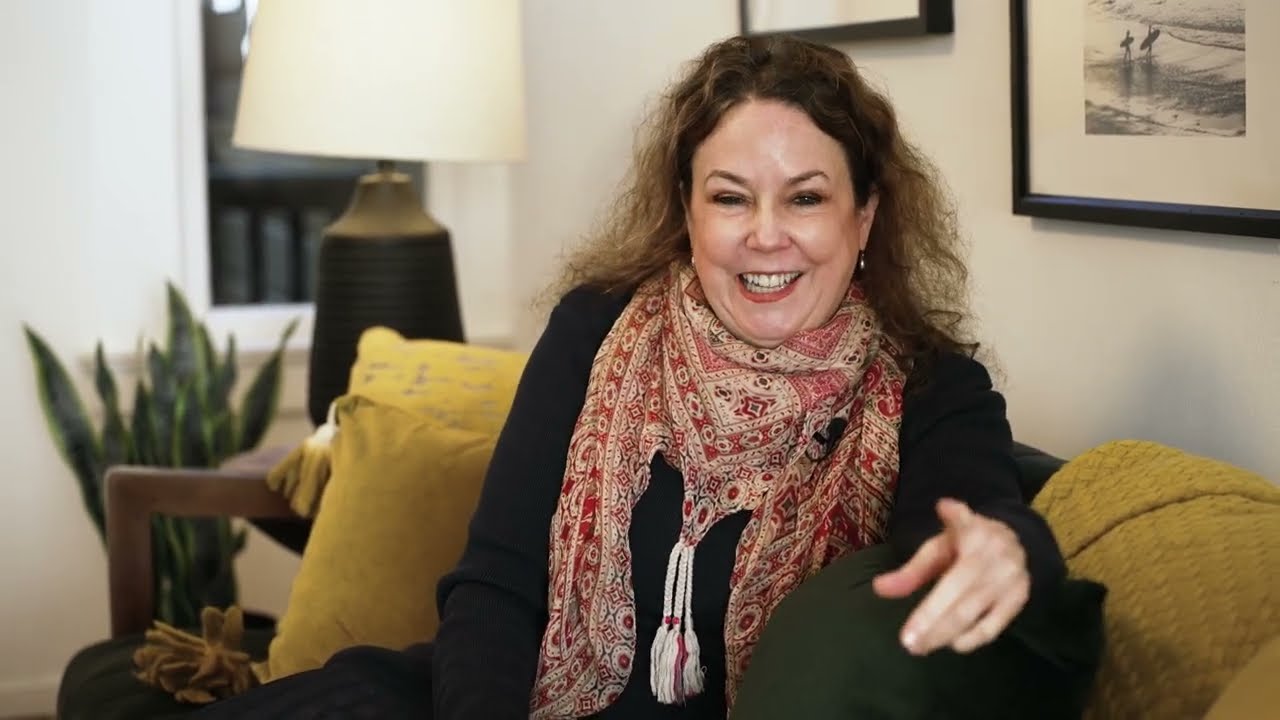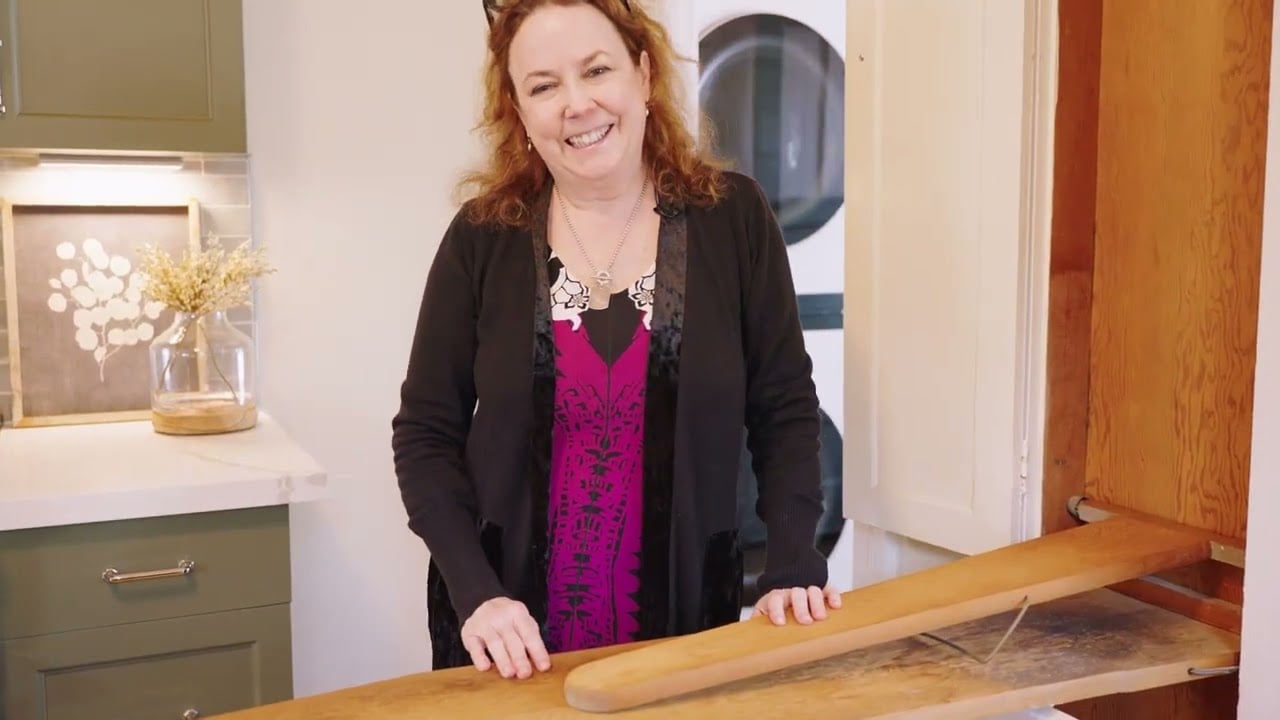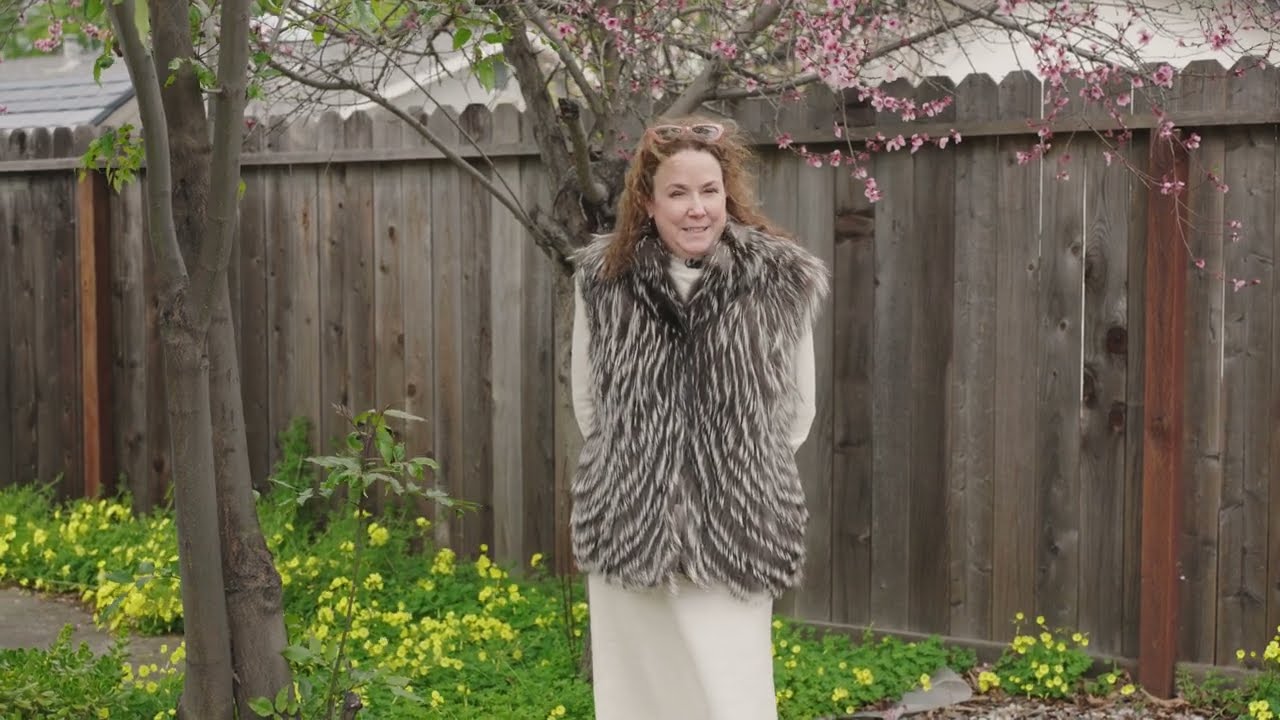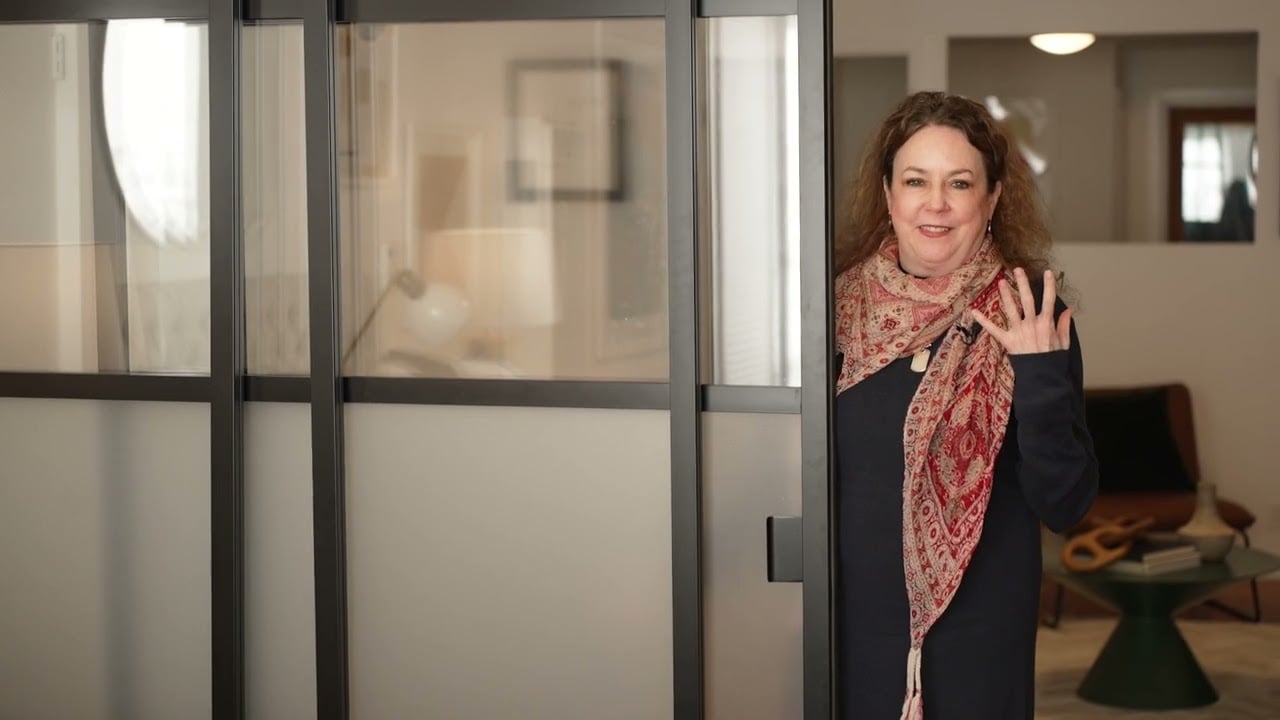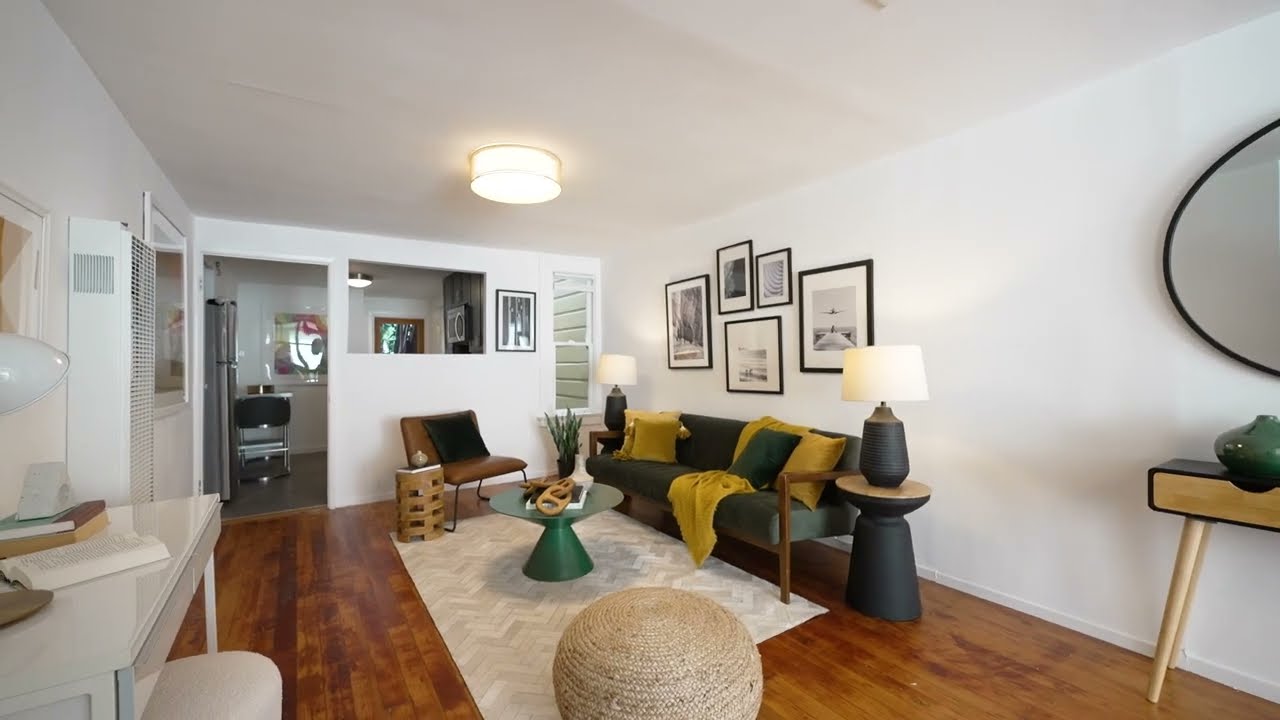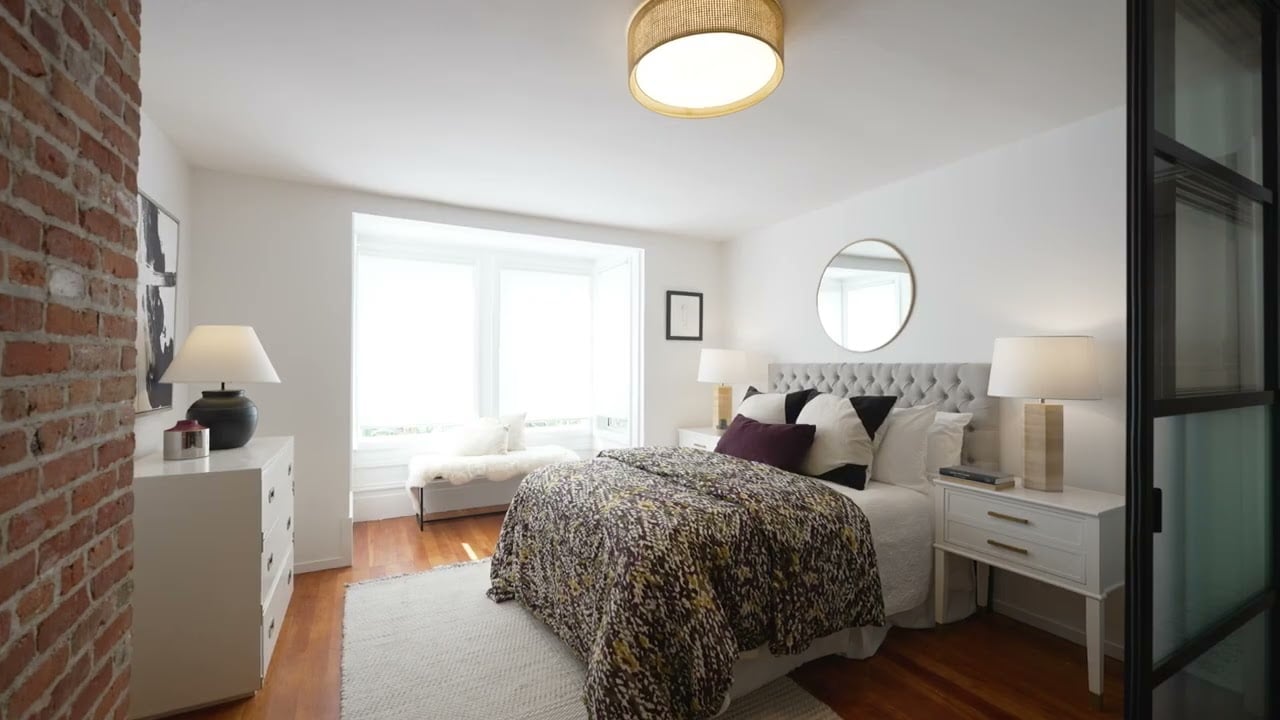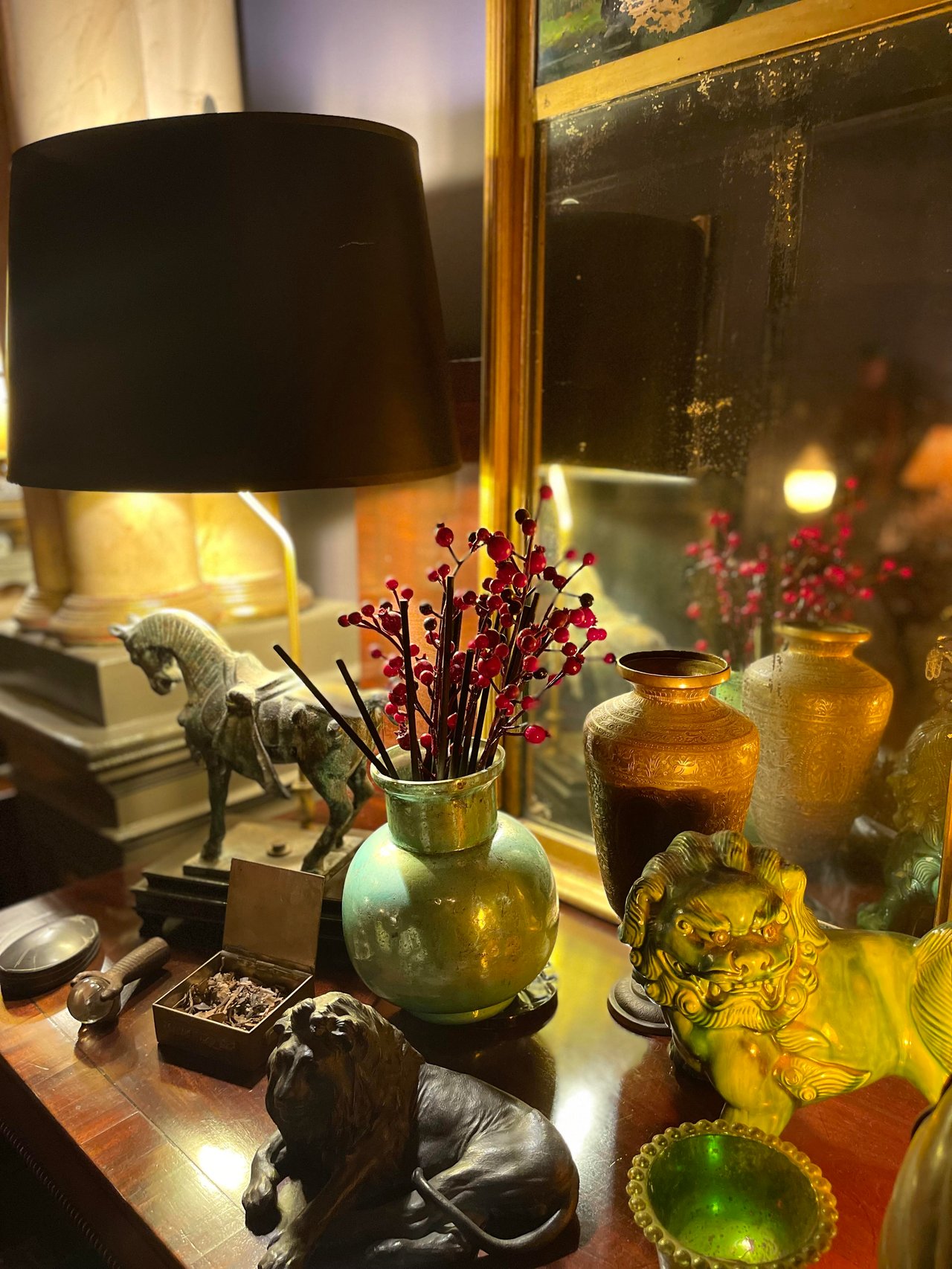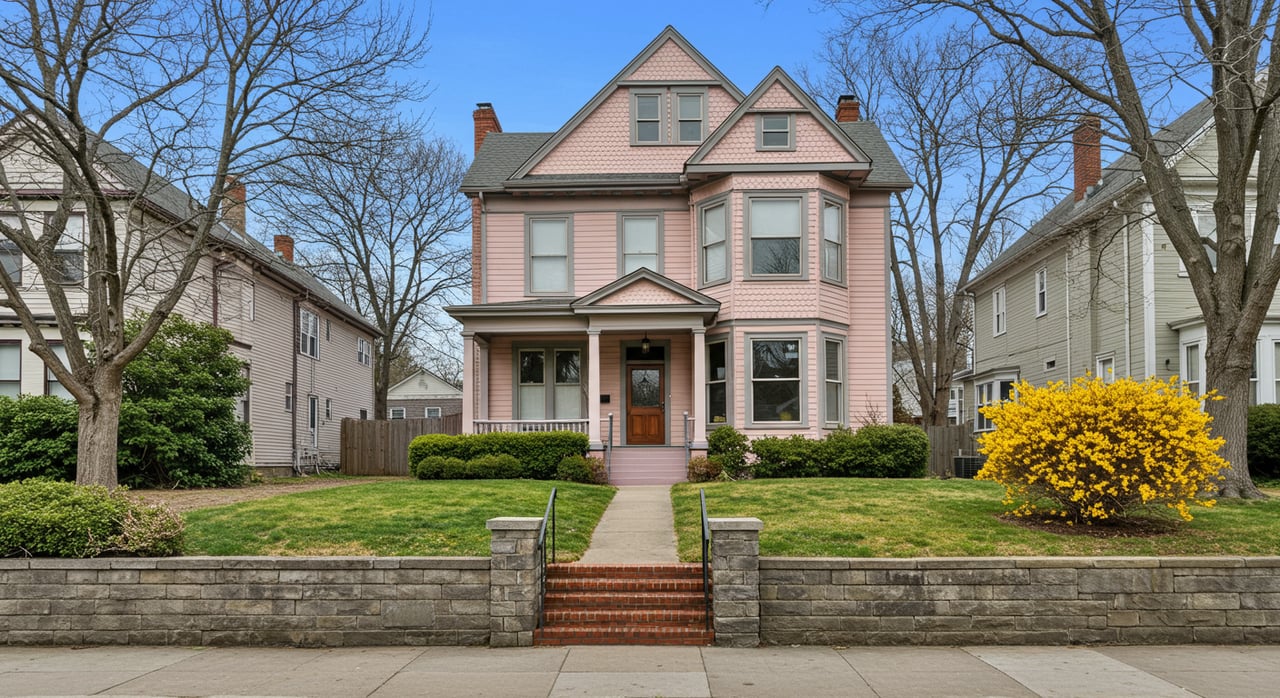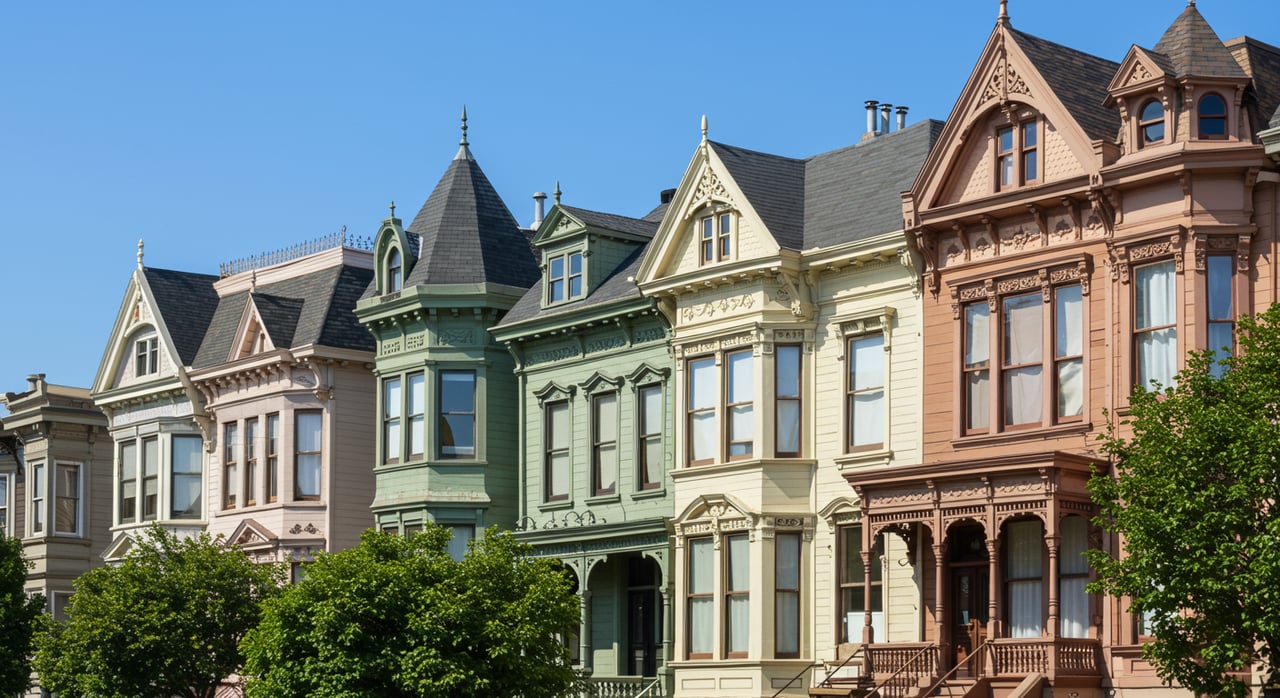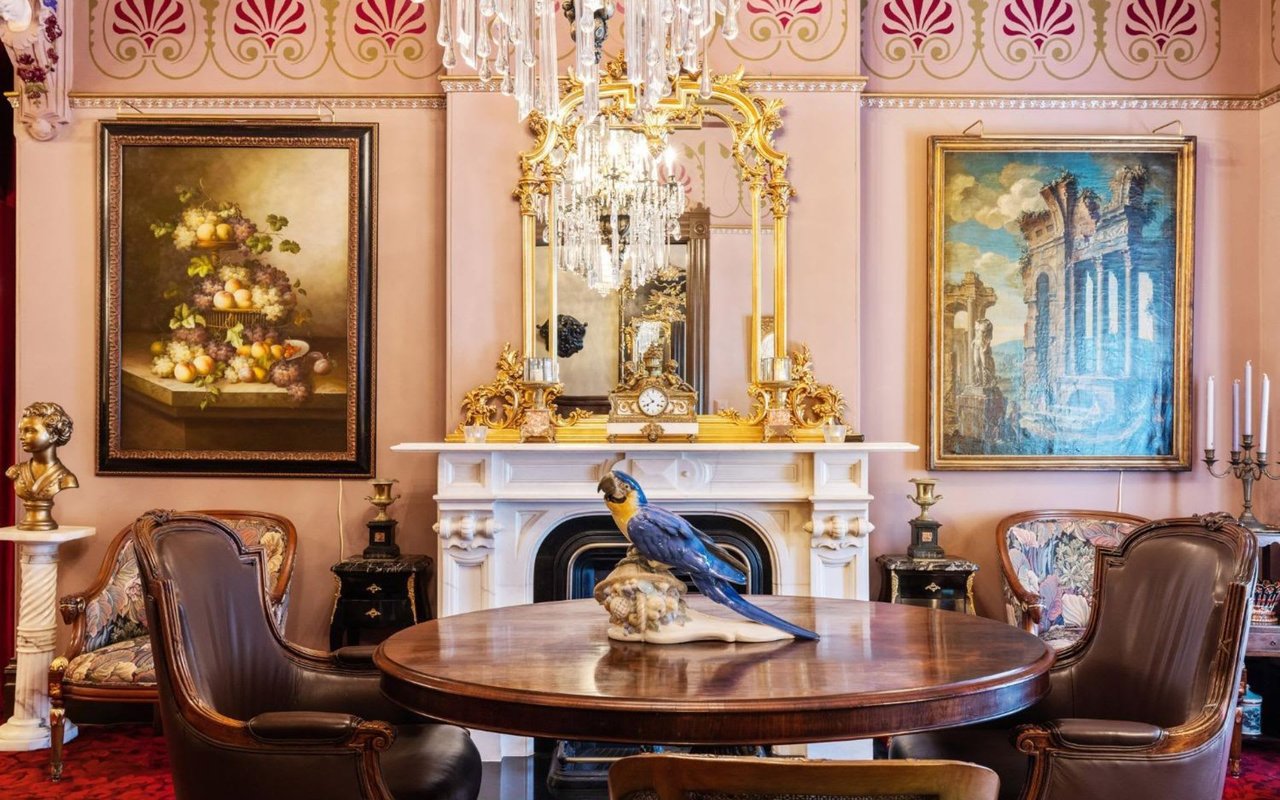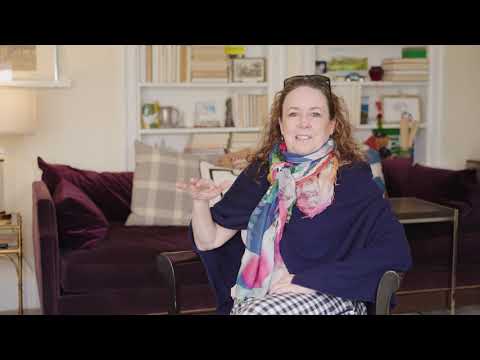Julia Morgan, America’s first independent female architect who completed more commissions than Frank Lloyd Wright, designed the J. Edgar Allen House in 1911. Located at 707 D Street in Petaluma, California, it stands in the heart of Petaluma’s elegant tree-lined historic district. In my book “Julia Morgan: Architect of Beauty”, I described the house as “a unique essay in the Prairie mode”, which combines Tudor-Revival half-timbering along its exterior with the clean stucco walls and horizontal massing of Frank Lloyd Wright’s Prairie School houses of the same period. Only Julia Morgan’s genius could have created this balanced synthesis of Tudor Revival and Prairie styles, to create a highly original and aesthetically pleasing work of art. The exterior and interior both retain most their historic architectural features. Mr. j. Edgar Allen was a very prominent civic leader in Petaluma in the early 1900’s, serving both as a member of the City Council and a founding member of the Petaluma Golf Club.
The exterior of the Allen House has examples of some of Julia Morgan’s sophisticated design motifs. There are banded latticed windows around the west corner of the house, and a large picture window in the middle of the three-section main bay on the ground floor allows ample natural light to brighten the living room. The most dramatic feature of the exterior is Morgan’s use of a sweeping, low-angled roofline with wide, overhanging eaves, which she echoed on a smaller scale over the porte cohere on the north end. This repeated low-V-shape creates a very strong rhythm, one of the pleasing design elements she learned while studying architecture at the Ecole des Beaux Arts in Paris, where she became the first woman to graduate from their world-famous architectural program. The original herring bone pattern brick driveway is in excellent condition, as is the patterned brick walkway leading to the main entrance. The old front door is intact, with fine leaded glass insets, and is set back in a recessed covered front porch to protect visitors from inclement weather before the door is opened, a useful feature Julia Morgan included in many of her homes.
An elegant entryway leads to the grand living room, which along with the dining room, main hallway, and library, has all of its period details. A beamed ceiling, impressive fireplace with fine wooden mantel, and board-and-batten wall paneling evoke Tudor Era splendor, as do the Tudor style corner brackets between the living room and the dining room, and at the entrance to the charming inglenook at the west end of the living room. There is also a lovely, high-backed settle on the west side of the living room along the north side wall. To the left of the entry hall is the pleasant, light-filled library, which has lots of shelf space and was called a den in Julia Morgan’s original blueprints.
Piano-hinged, folding doors with their original glass panes lead from the living room into the exquisite dining room. The magnificent china cabinet has fine leaded glass doors. Both it and the substantial buffet along the west wall retain their original brass pulls. Behind the dining room is the kitchen, which was remodeled in the 1970’s and no longer retains any of its historic features. Several of the original walls were removed along the kitchen perimeter including the pantry walls, and the old back porch was later enclosed. This space awaits a new owner who can restore it to the aesthetic quality of Julia Morgan’s original design. A spiral staircase in the pantry leads down to the full basement and up to the second floor. The basement has high ceilings, and a laundry room and space for a workshop.
One of the features Julia Morgan lavished attention on in her residences was her hallways, a space that was often an afterthought in other architects’ work. The hallway of the J. Edgar Allen House is a superb example of her mastery of these spaces. The grand staircase leading to the second floor has impressive newel posts, and the railings are graced by delicate, finely-turned balusters. Set into the hallway wall is an original linen press, and there is an old telephone shelf is inserted into another part of the hallway. Most of the light fixtures here and in the rest of the first floor have a curved Art Nouveau style design, and are probably the original ones. At the end of the hallway is a bedroom and a full bath.
The second floor has three bedrooms and one and-a-half baths. Some walls were also removed in these rooms as well, and the porch at the back of this floor was also enclosed. The bedrooms and baths on the second floor no longer have most of their historic features due to remodeling.
At the back of the spacious fenced yard the old garage is still standing, with its original high-peaked roof and outer walls., though it shows signs of deferred maintenance. There are large old sycamore trees near the front of the 8,000 square-foot lot. The house has over 3,000 square feet of living space, with four bedrooms and two-and-a-half baths. There is a complete set of Julia Morgan’s blueprints on eight velum pages at the Bancroft Library on the UC Berkeley campus. They include: North elevation; South elevation; West elevation; East elevation; First Floor plan; Second Floor plan; Foundation plan; and Interior Details. Copies of this set of plans will be given to the new owner to use in any restoration of the remodeled areas. The J. Edgar Allen House was featured in a lifestyle article about Julia Morgan’s Petaluma residences which ran in the Santa Rosa Press Democrat on November 12, 2011.
